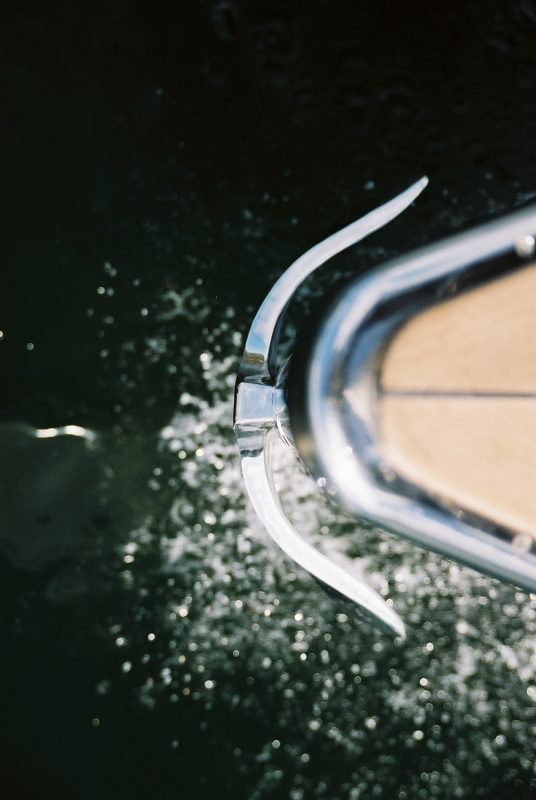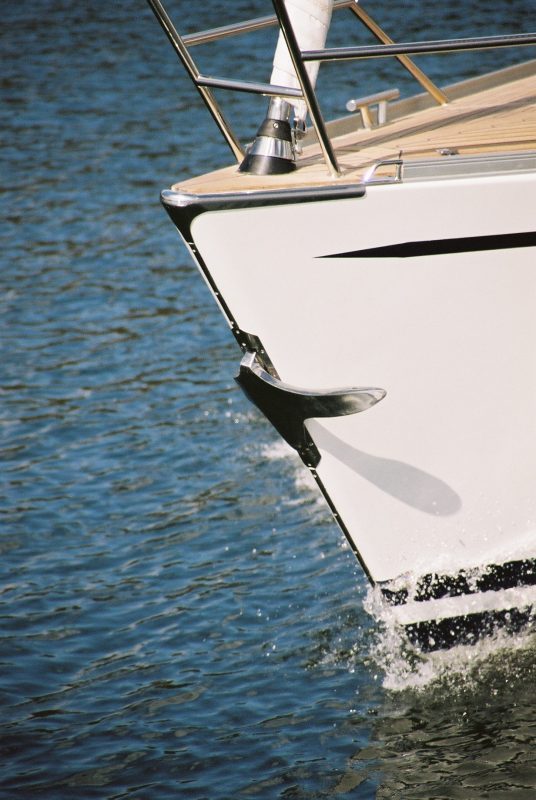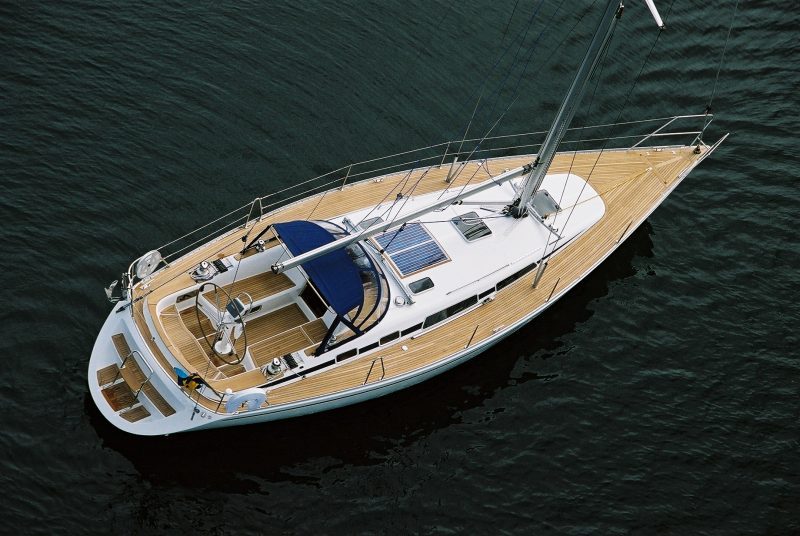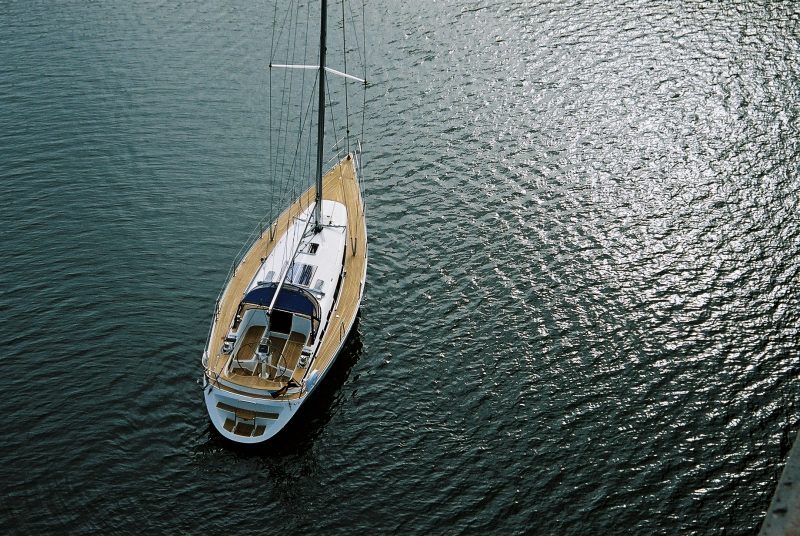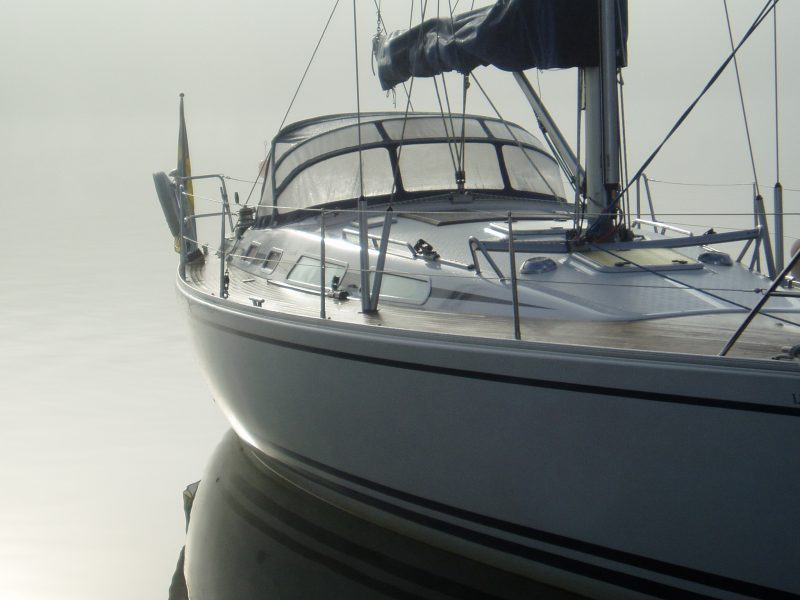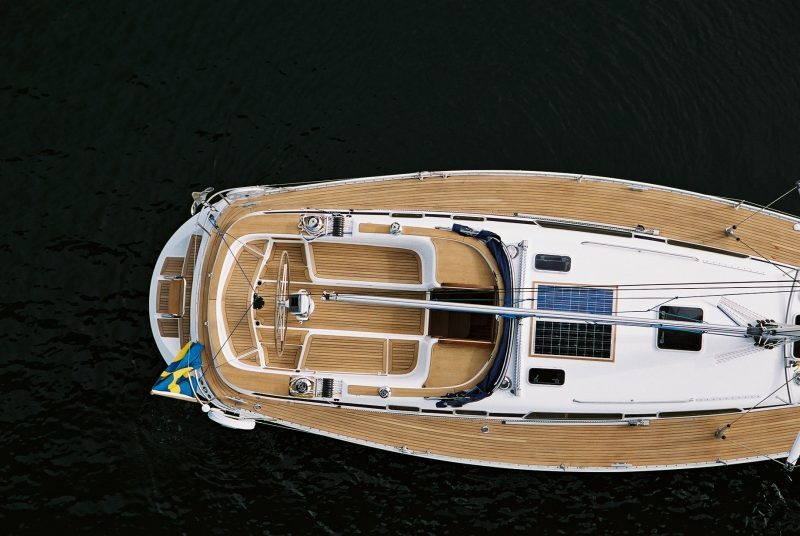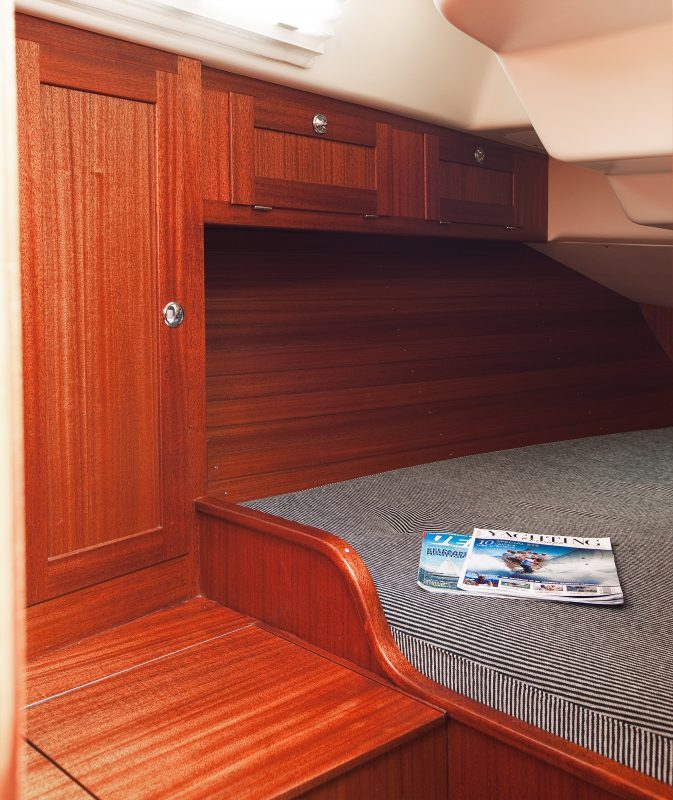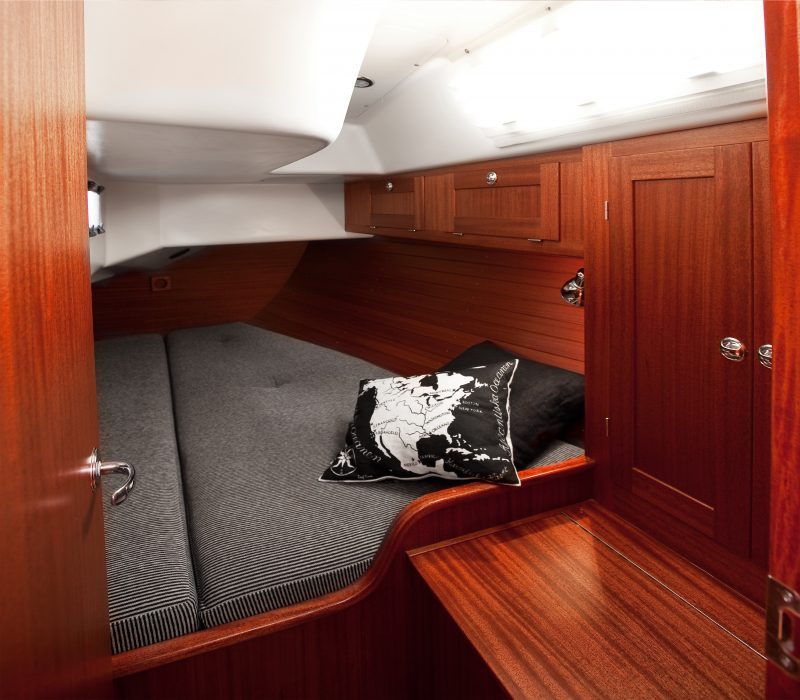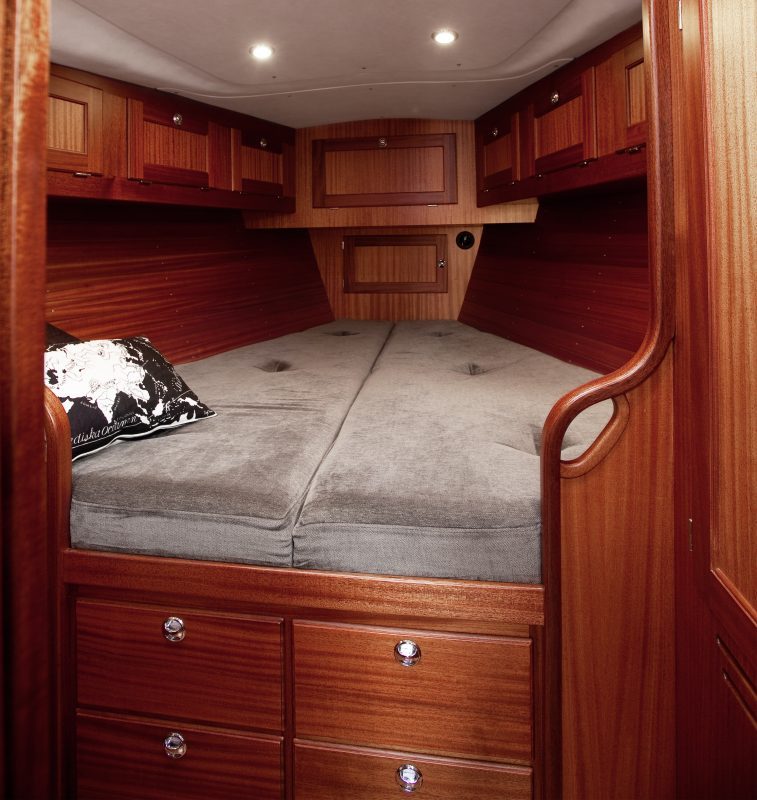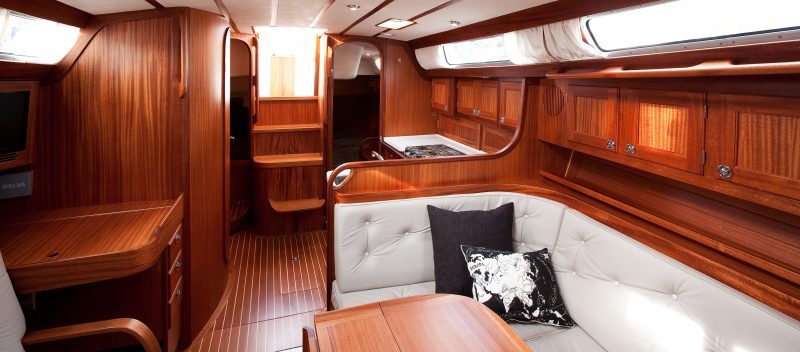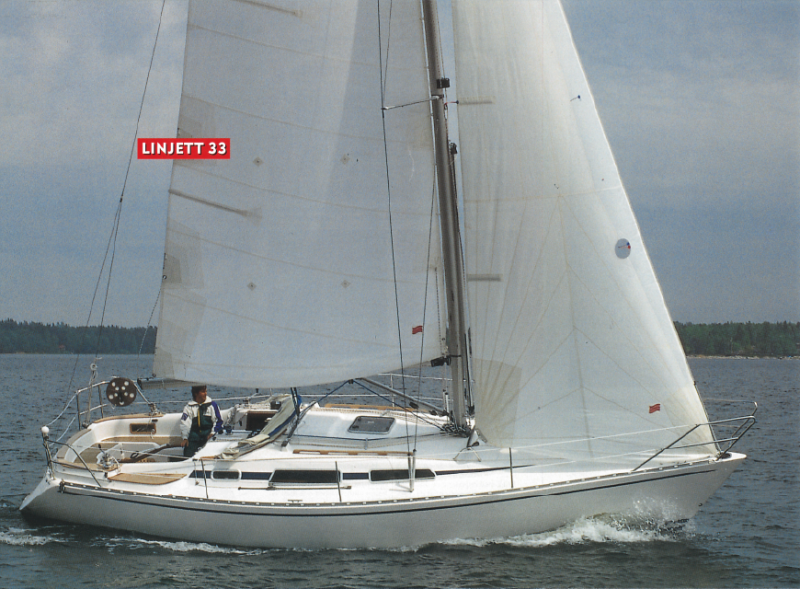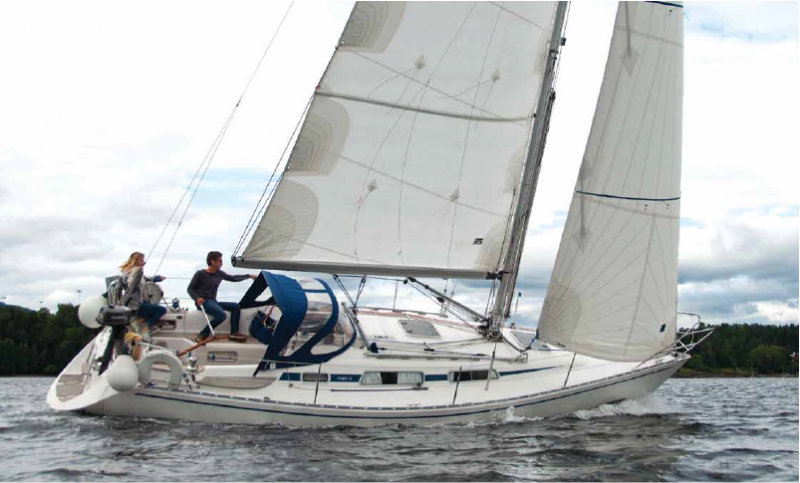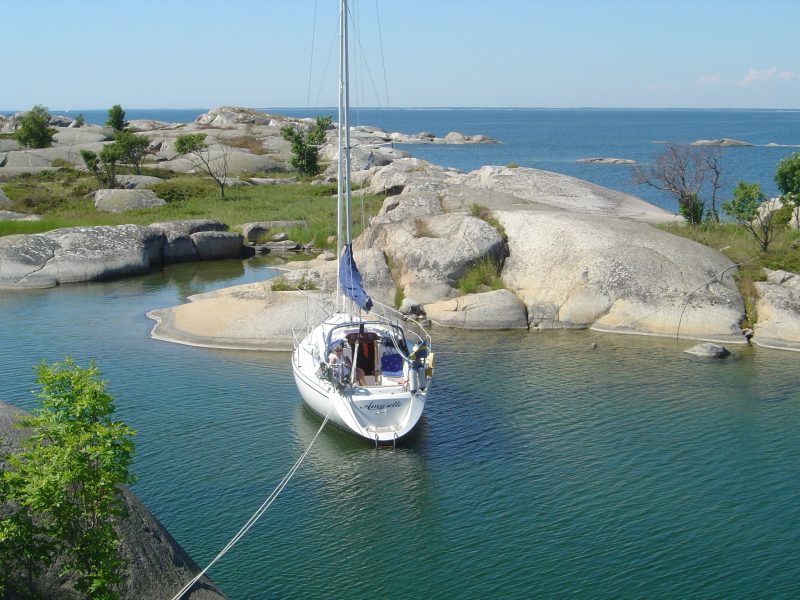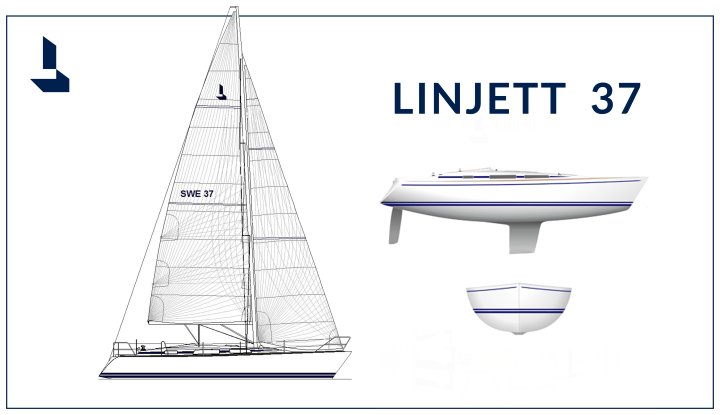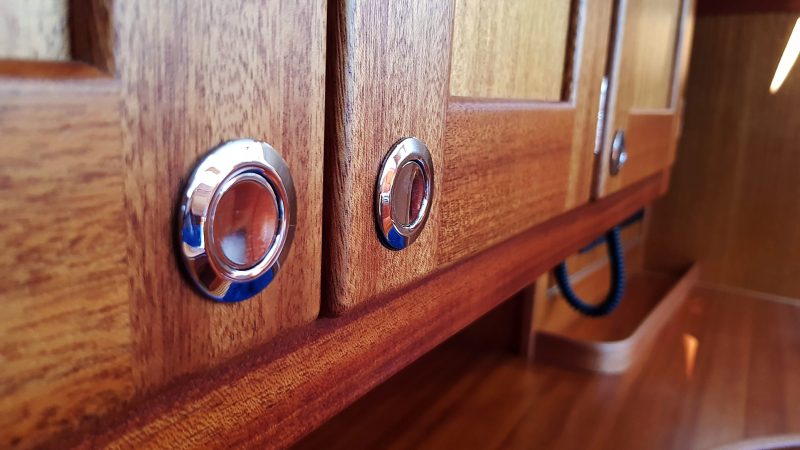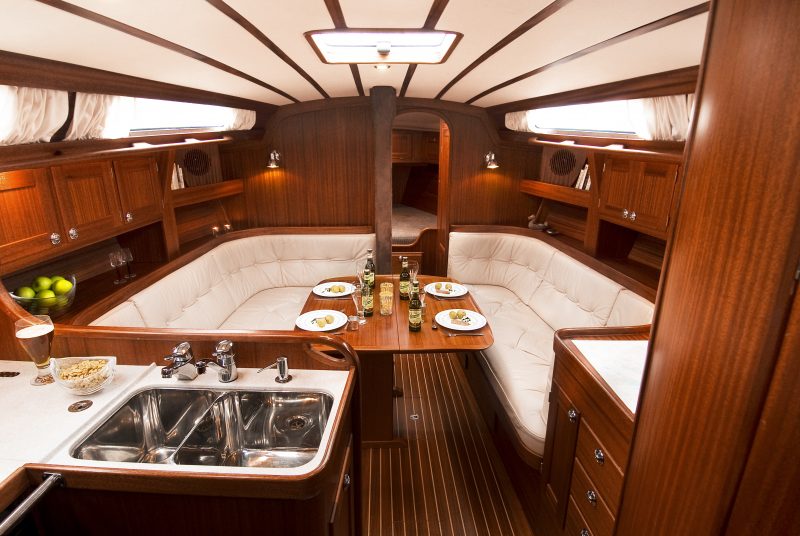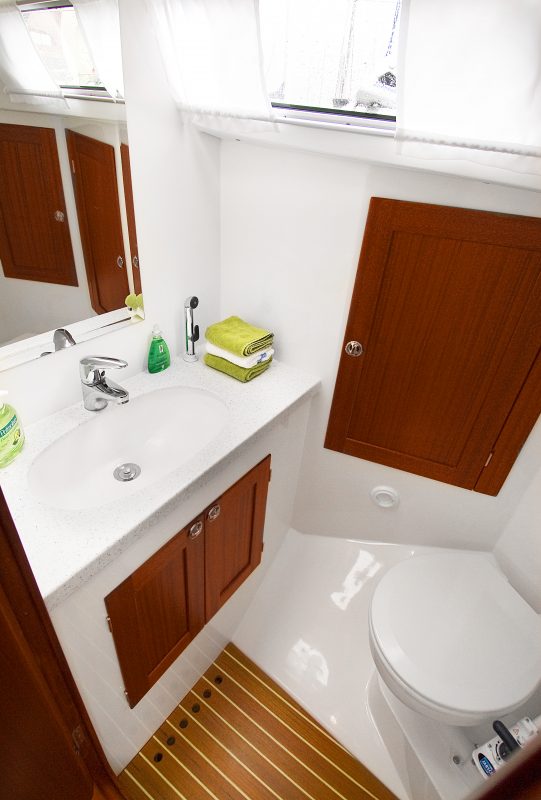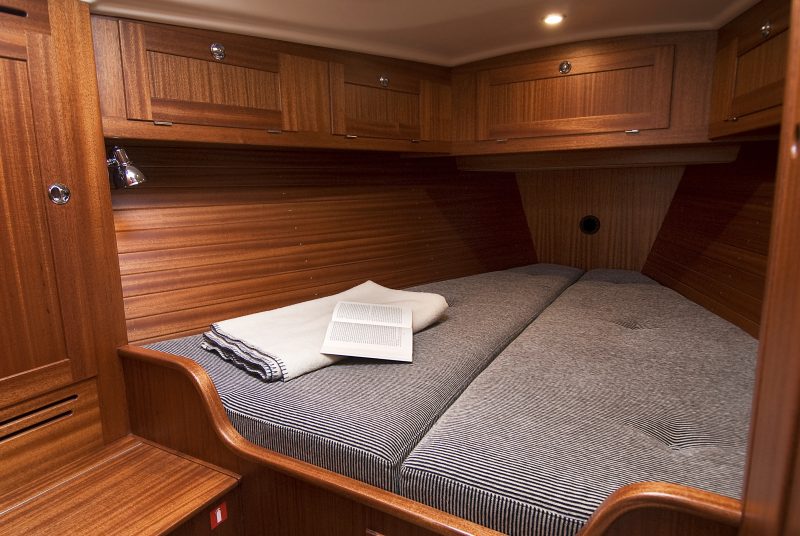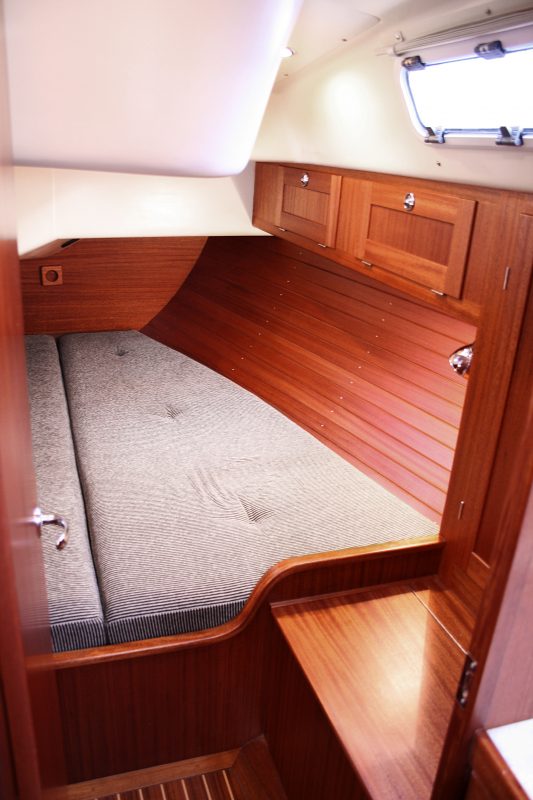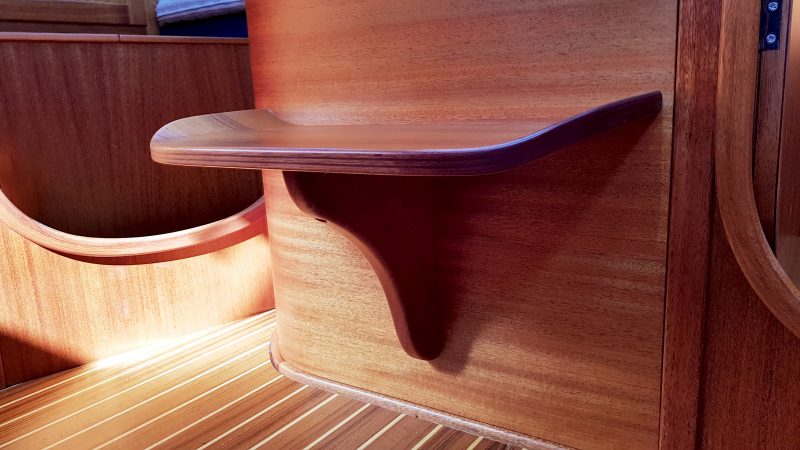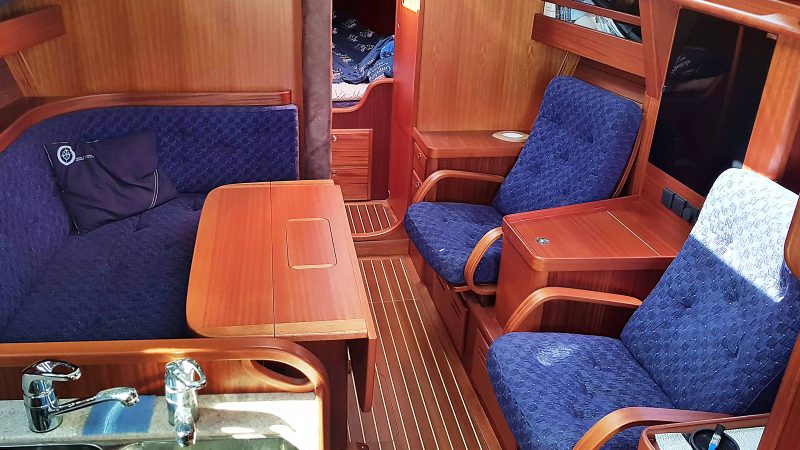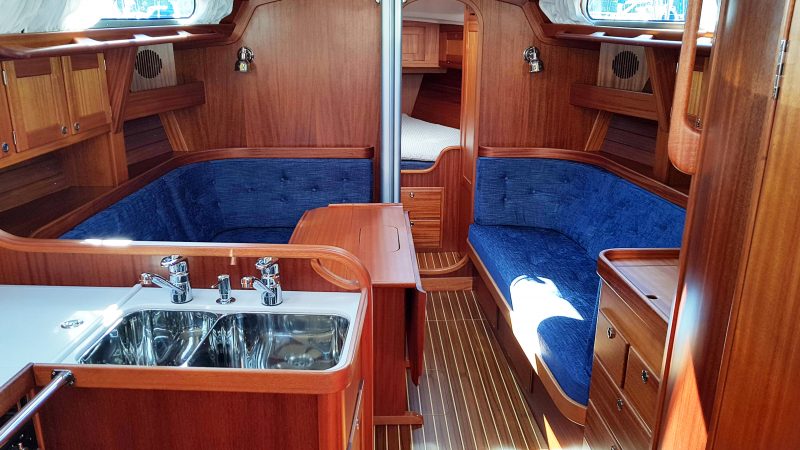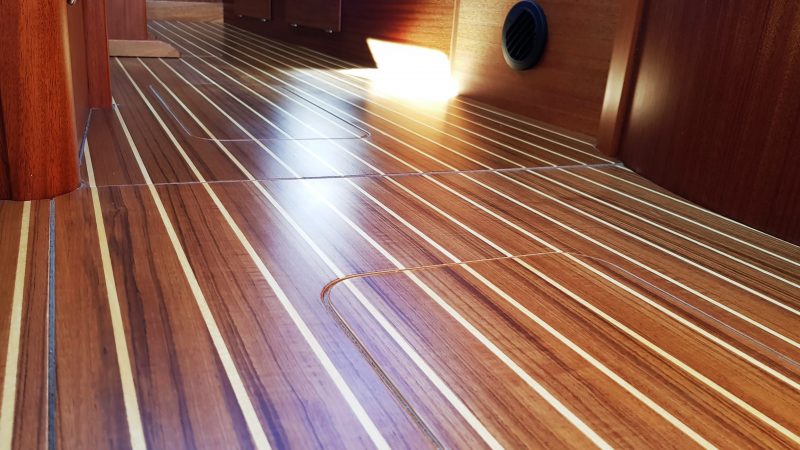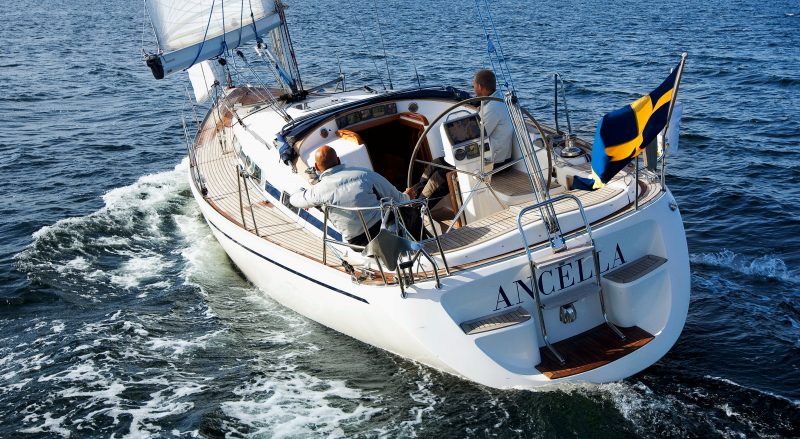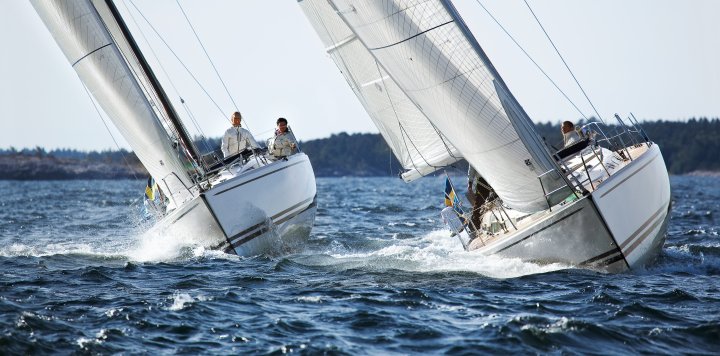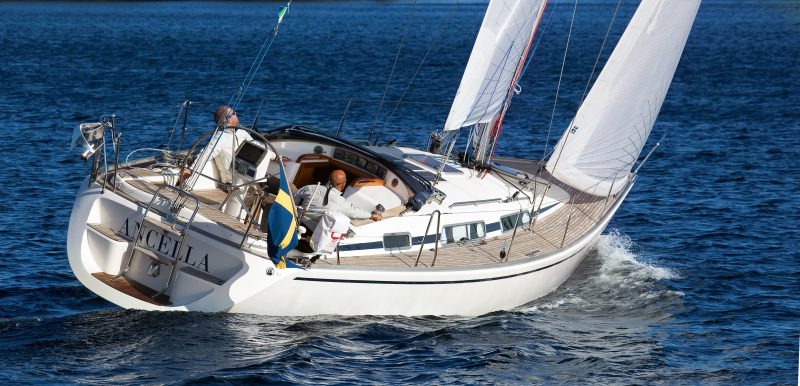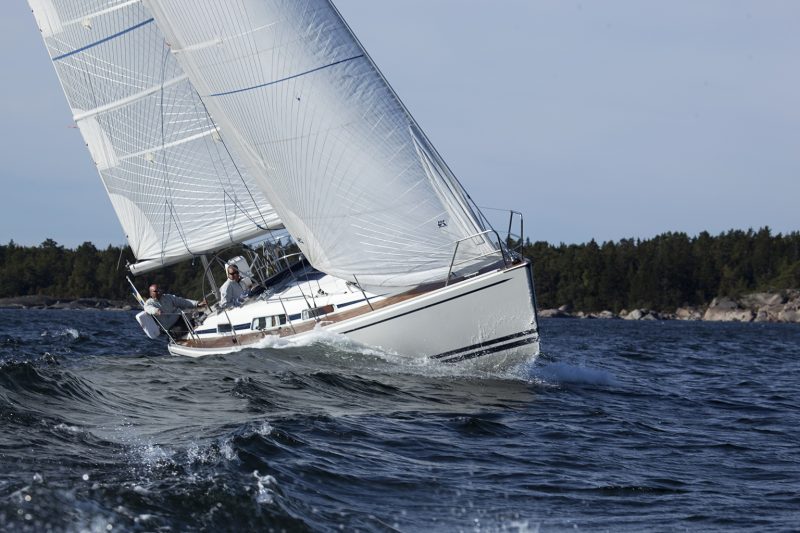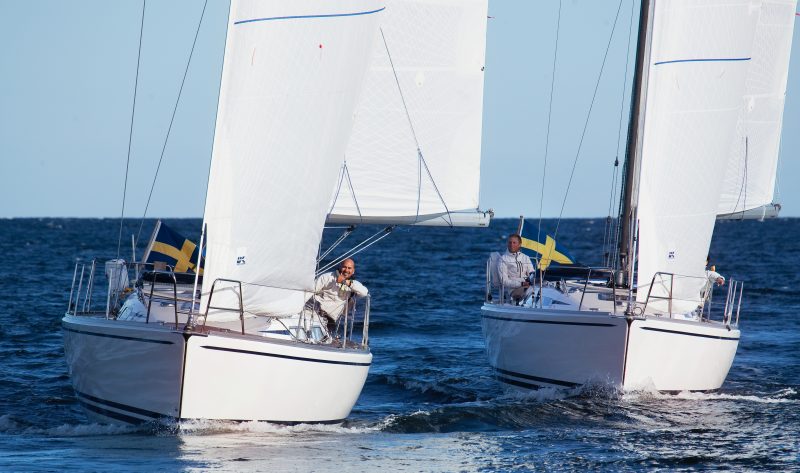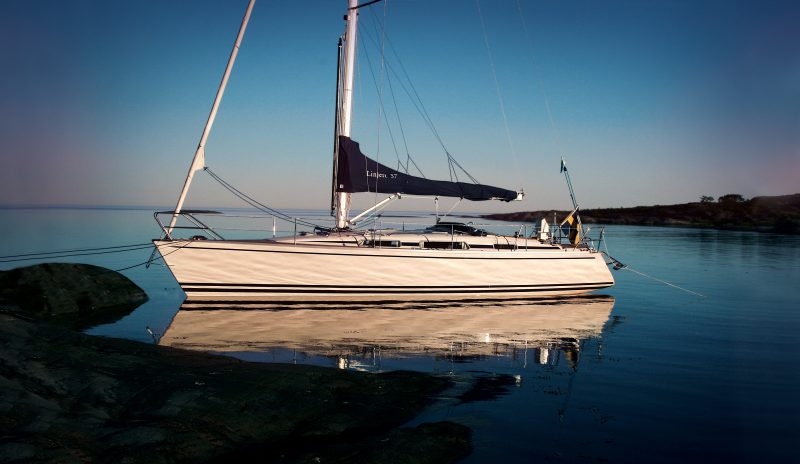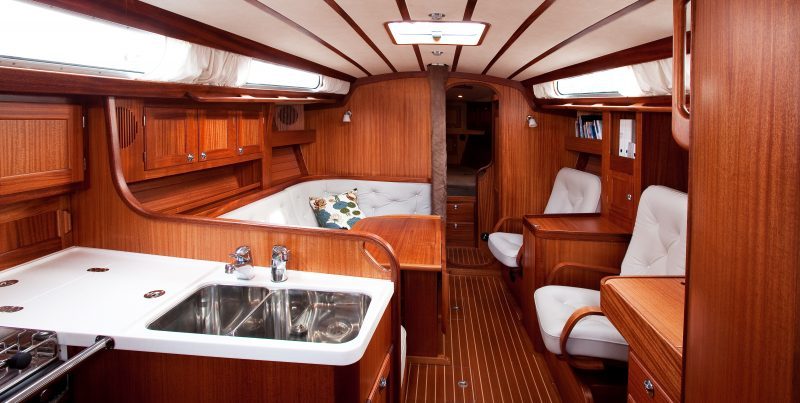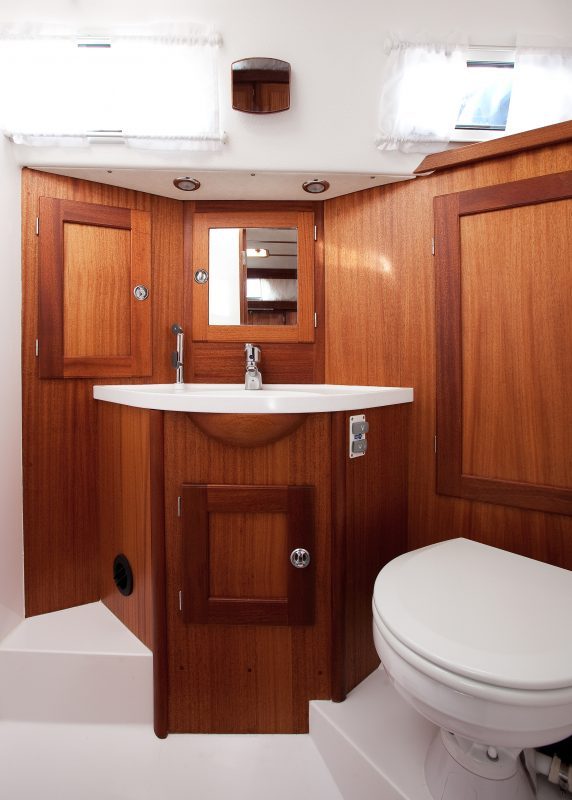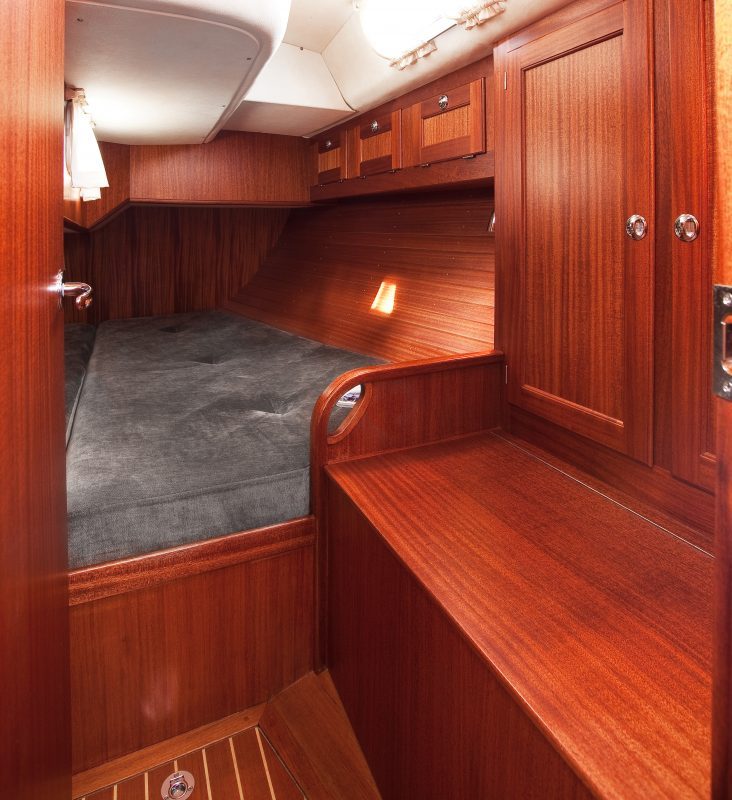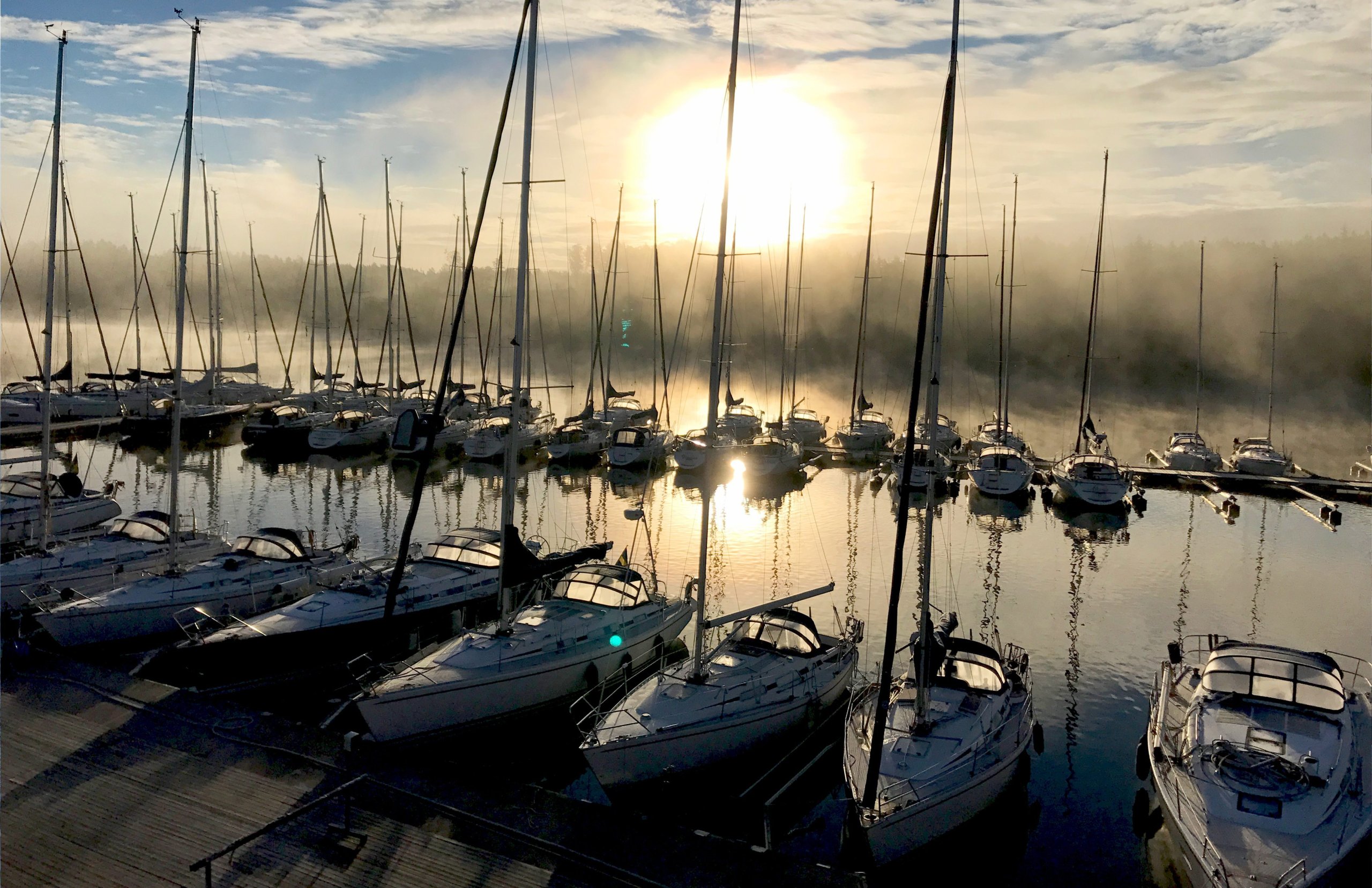
Previous Linjett Models
With over 100 years of knowledge and skill, Rosättra Boatyard is Sweden’s oldest boatbuilding yard that continues to design and build modern, innovative yachts today. Since 1948, three generations of Gustafsson have been running the business, including its best-known model of sailboat, Linjett. First developed at Rosättra during the early 1970s, the first Linjett was the Linjett 30 launched in 1974, followed by the 40, 35, 33, 32 and 30. Below you can discover more about the Linjett models and the astonishing history of one of Sweden’s most successful and longest-serving boatyards.
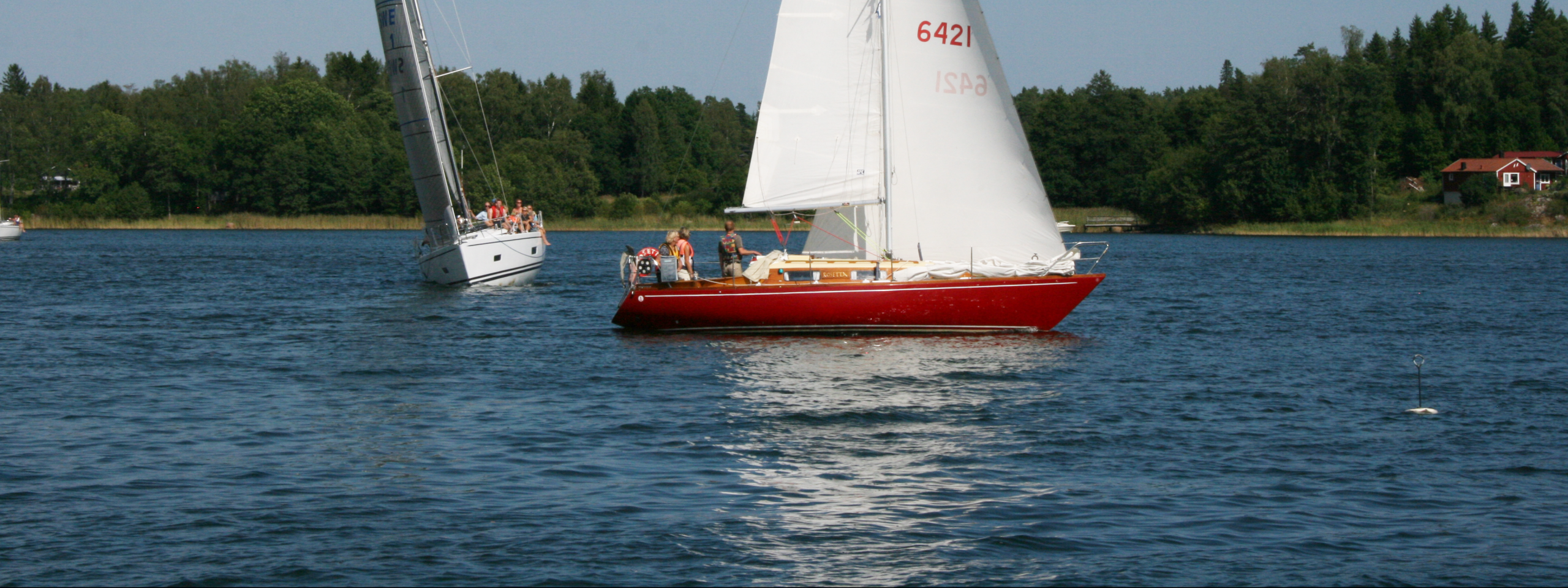
Built in 1974, the Linjett 30 was the first line produced model that was designed and manufactured entirely at Rosättra Boatyard by the Gustafsson brothers.
The foundation of the Linjett 30 was to combine a cruising boat with the popular Half-Ton racing boat, which proved popular and a total of 112 Linjett 30s were manufactured between 1973–1979. It was the first modern cruising yacht designed and built by the Rosättra boatyard. The mould for the boat was made at Rosättra and larger plastic work was done in partnership with Segmobåt in Uppsala before the hull and deck were shipped back to the yard where it was finally completed with wood interiors, engine, heater, electricity and water. The Linjett 30 was initially a one design yacht, close to nine meters long and three meters wide. The wide beam has been well-utilised to make the boat very family-friendly.
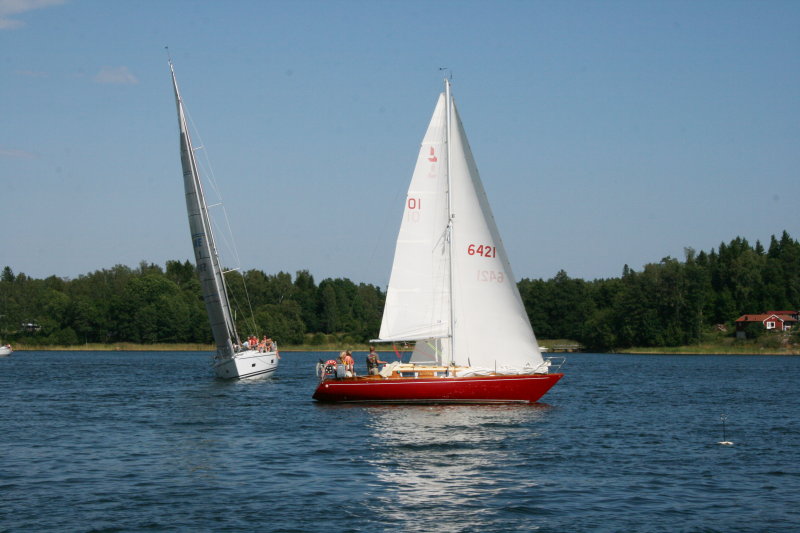
A Good Racing Yacht
The first time a Linjett yacht was revealed was at the Segla-74 Boat Show held in Osterman's Marble Halls in Stockholm. According to the press at the time, our model was the biggest news at the show which meant production got off to a flying start.
The biggest difference from similar yachts at the show was our solid wooden interior and the well-planned cockpit. It was also a good racing boat. All three Gustafsson brothers were passionate sailors and wanted the Linjett 30 to have the ability to sail well in yacht races.
This marriage of speed and comfort was demonstrated in great results on the water for Jan Gustafsson, who was victorious in the 1974 Åland Sea Race, a 5th overall place in Gotland Runt 1975 and a 2nd place in the Alma Race – all in the Linjett 30.
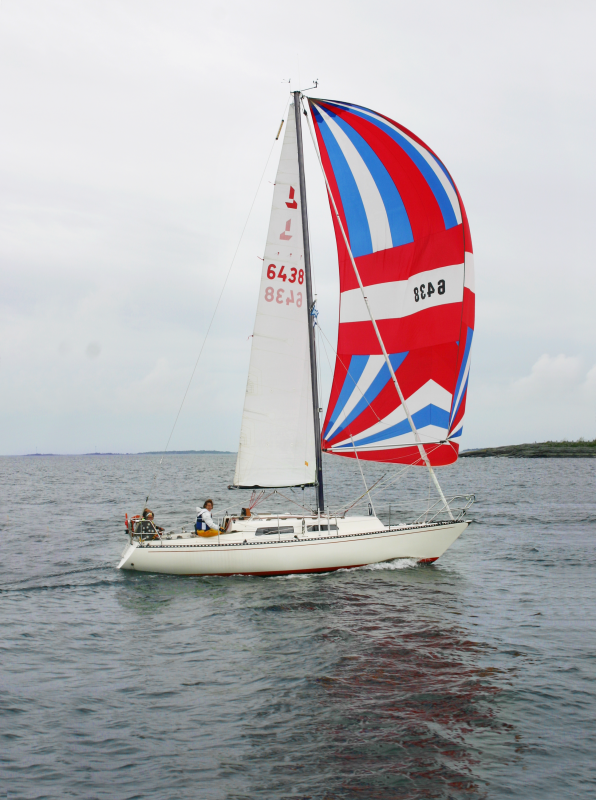
Specifications
- First Boat Built 1974
- Last Boat Built 1982
- Total Boats Built 112
- LOA 8.95 m
- LWL 7.2 m
- Beam 3 m
- Displacement 3500 kg
- Keel Weight 1300 kg
- Mast Height 12 m
- Total Sail Area 36 m²
- Main Sail 15 m²
- Genua 21 m²
- Spinnaker 65 m²
- SRS 0.891
- Designer Jan Gustafsson

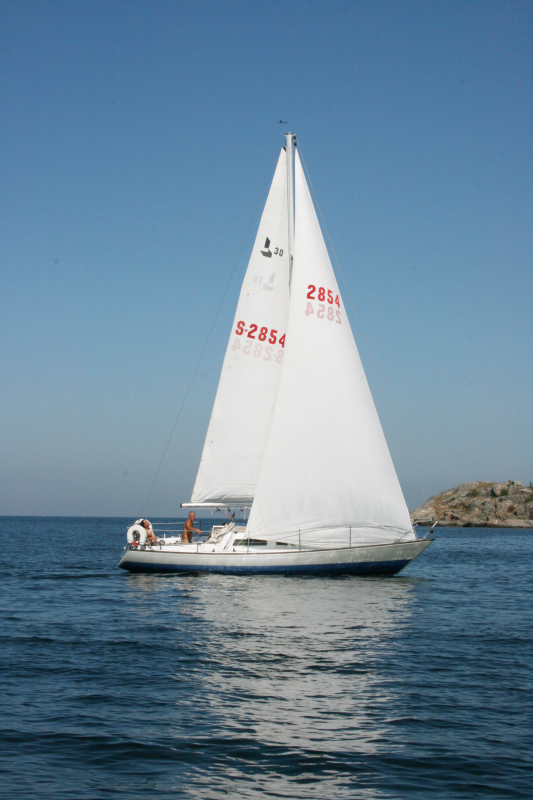
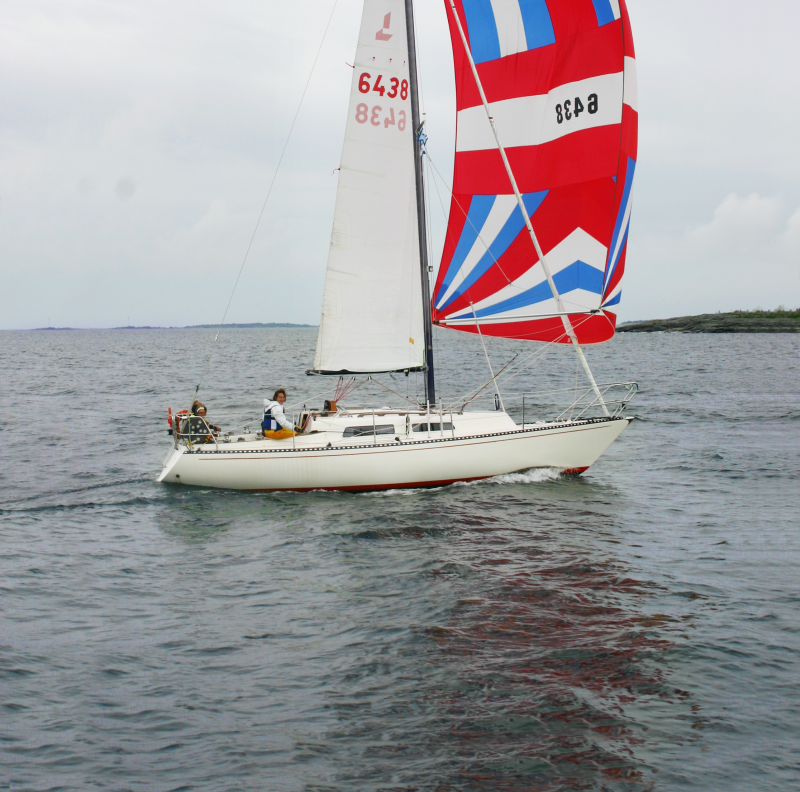
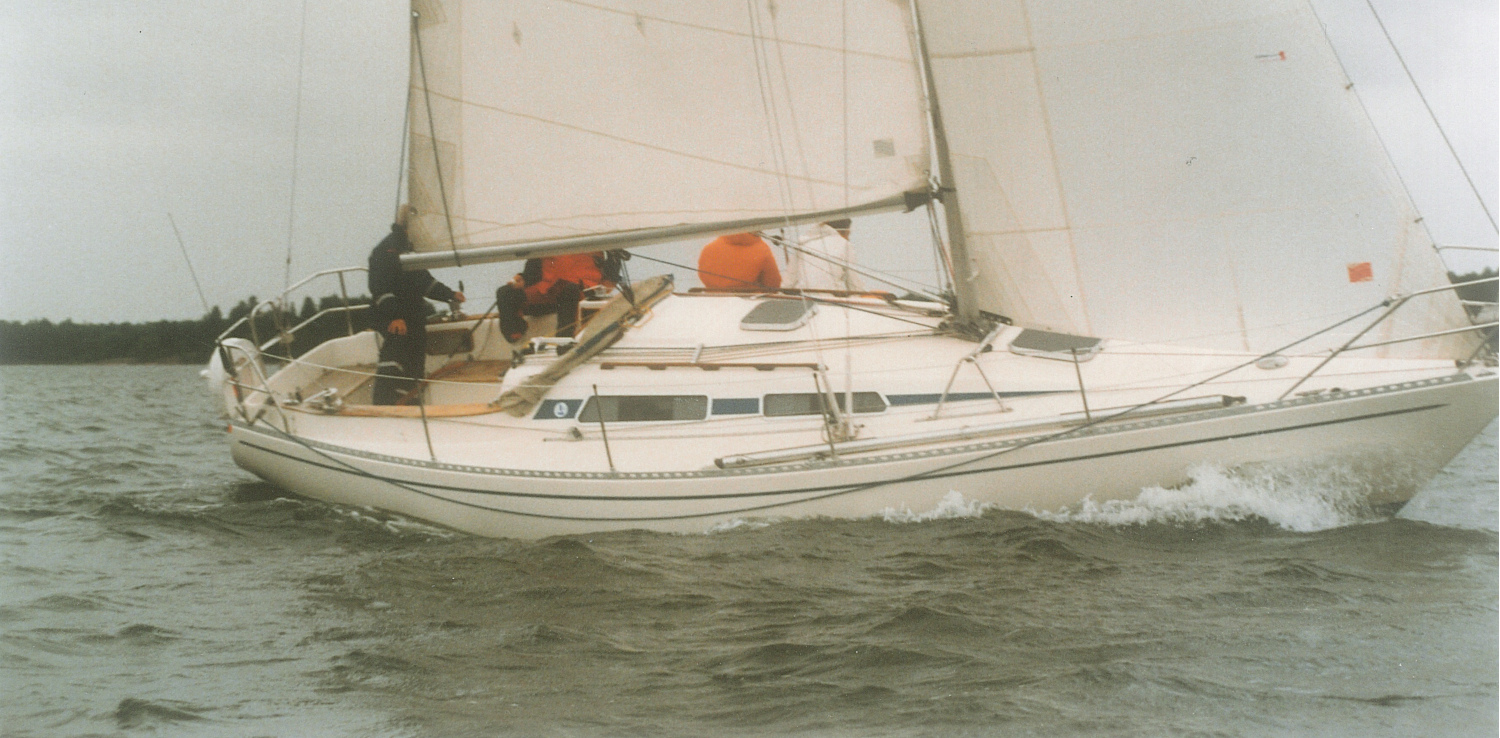
The success of the Linjett 30 paved the way for the next upgraded and improved model – the Linjett 32. Having gained valuable experience and vital skills in building the Linjett 30, the boatyard and the brothers continued to build on this success, with Mats Gustafsson taking responsibility for creating the shape of Rosättra’s second Linjett – the Linjett 32.
The new model was another triumph and is still the model that Rosättra has built the most of in its history – a total of 263 Linjett 32s were built between 1978 and 1992, when the model then finished production. An extraordinary and quick sailing yacht, many of them were built as semi or three-quarter finished yachts allowing the buyer to put in their own finishing touches.
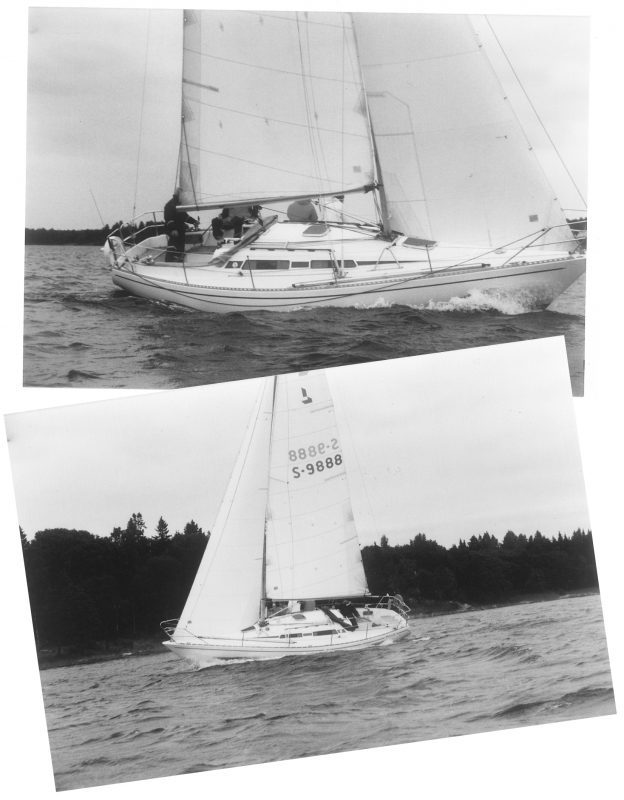
Easy To Sail
The Linjett 32 was built to suit both family and racing sailors. The cockpit is designed to have either a tiller or steering wheel, and the main sheet is placed on the coach roof, thus never in the way for the crew. Halyards and reefing lines are pulled down to the cockpit and with the self-tacking jib it makes the Linjett 32 very comfortable for cruising, even in tough conditions.
Inside, the Linjett 32 has a solid teak interior and the craftmanship of the carpentry comes through in every detail and drawer. The kitchen has a two-flame stove with oven, double sink, large surfaces and good lighting, while sitting down at the navigation table there is enough room for charts and all the marine instruments are within easy reach.
The saloon is lighter and more spacious than in most 32-footers of its time. The L-shaped sofa is angled by the front bulkhead giving it a cosy feeling, and the sleeping quarters are also welcoming. The port berth can be extended to become a double berth and the double bulkheads by the mast provide extra stability when needed during severe weather conditions.
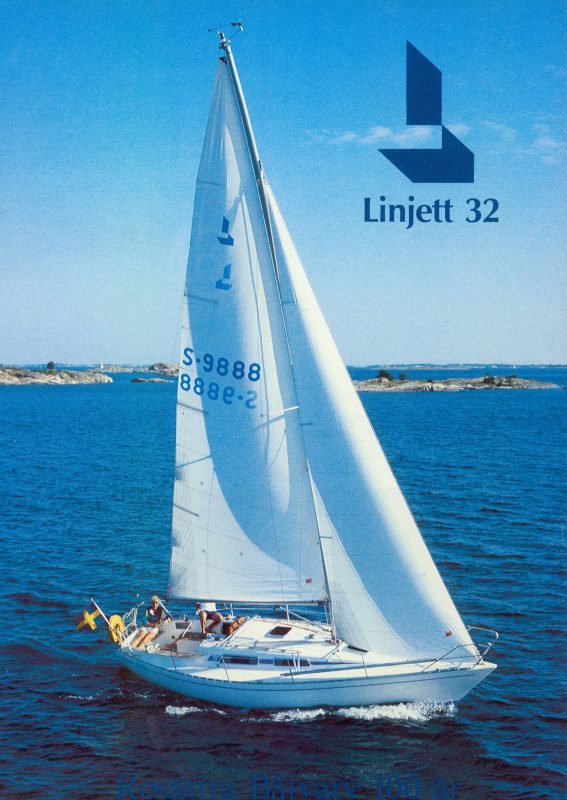
Specifications
- First Boat Built 1978
- Last Boat Built 1992
- Total Boats Built 263
- LOA 9.48 m
- Beam 3.11 m
- Displacement 3700 kg
- Mast Height 14.8 m
- Main Sail 24 m²
- Jib 16 m²
- Spinnaker 64 m²
- SRS 0.928
- Designer Mats Gustafsson
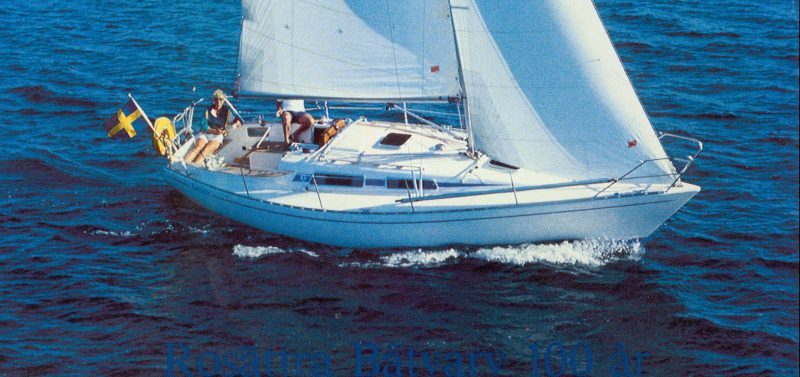
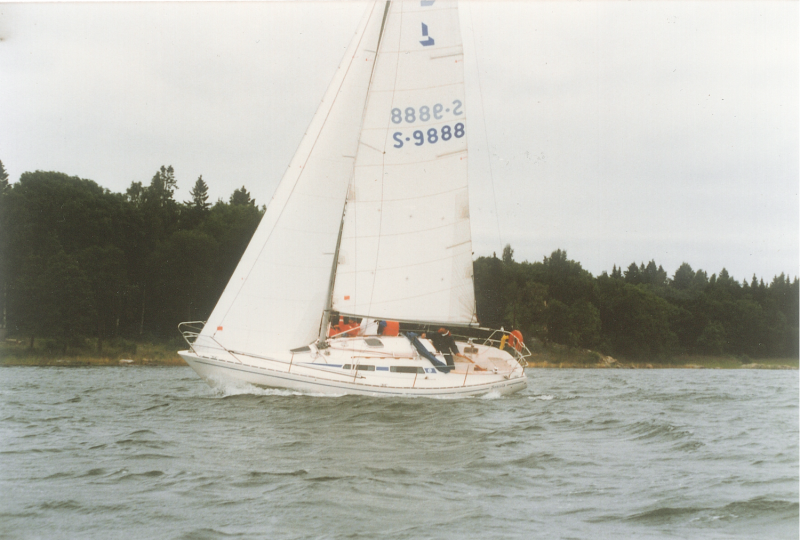
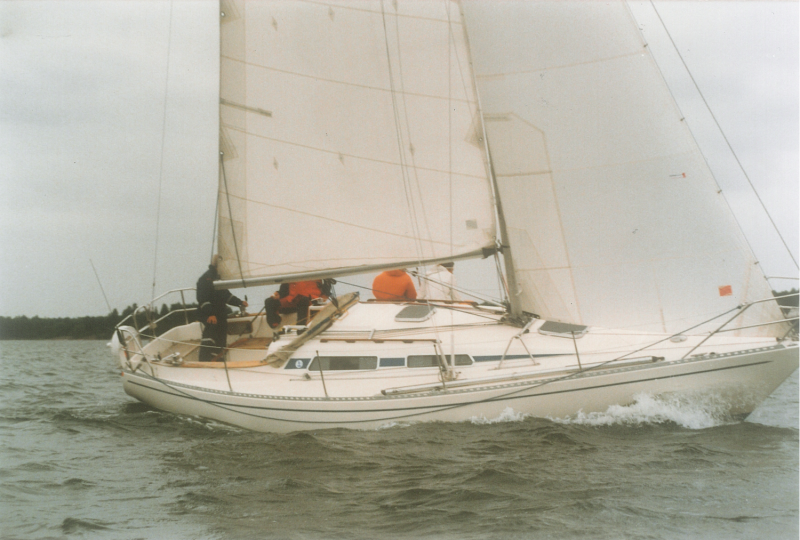
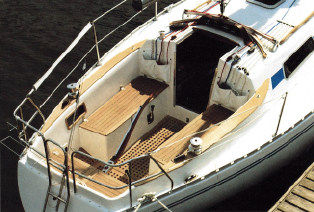
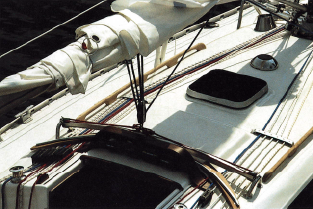
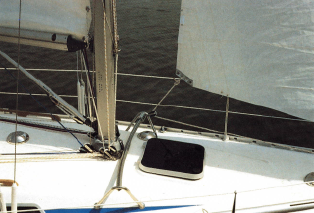
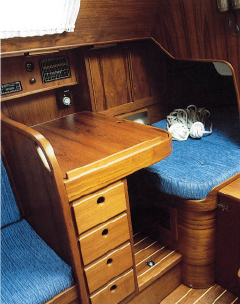
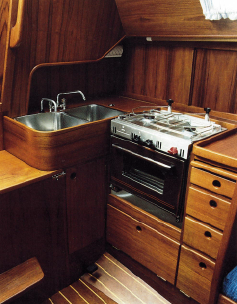
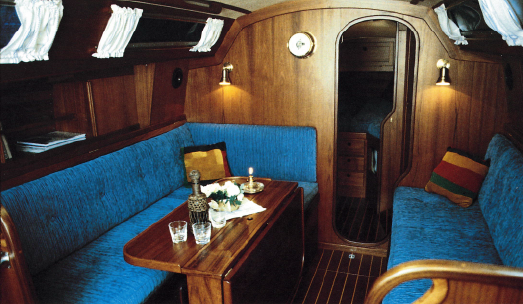
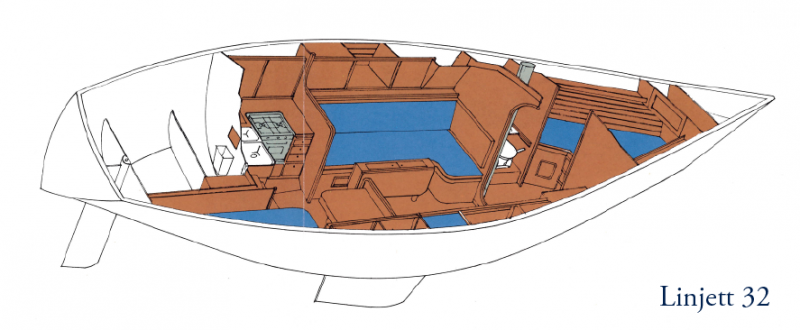
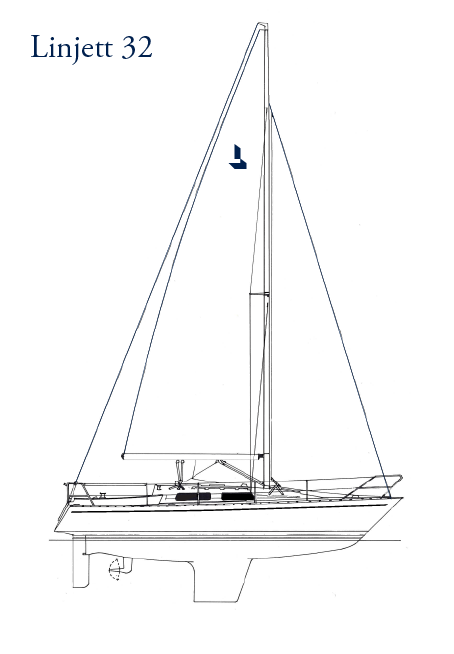
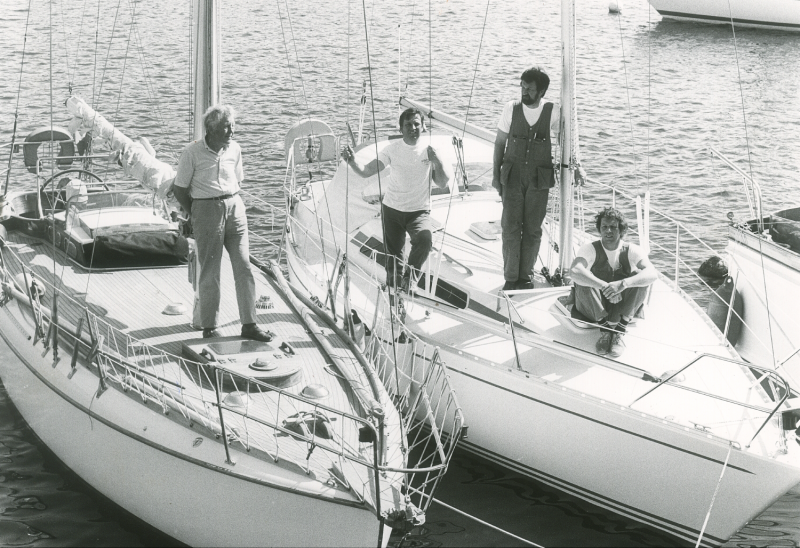
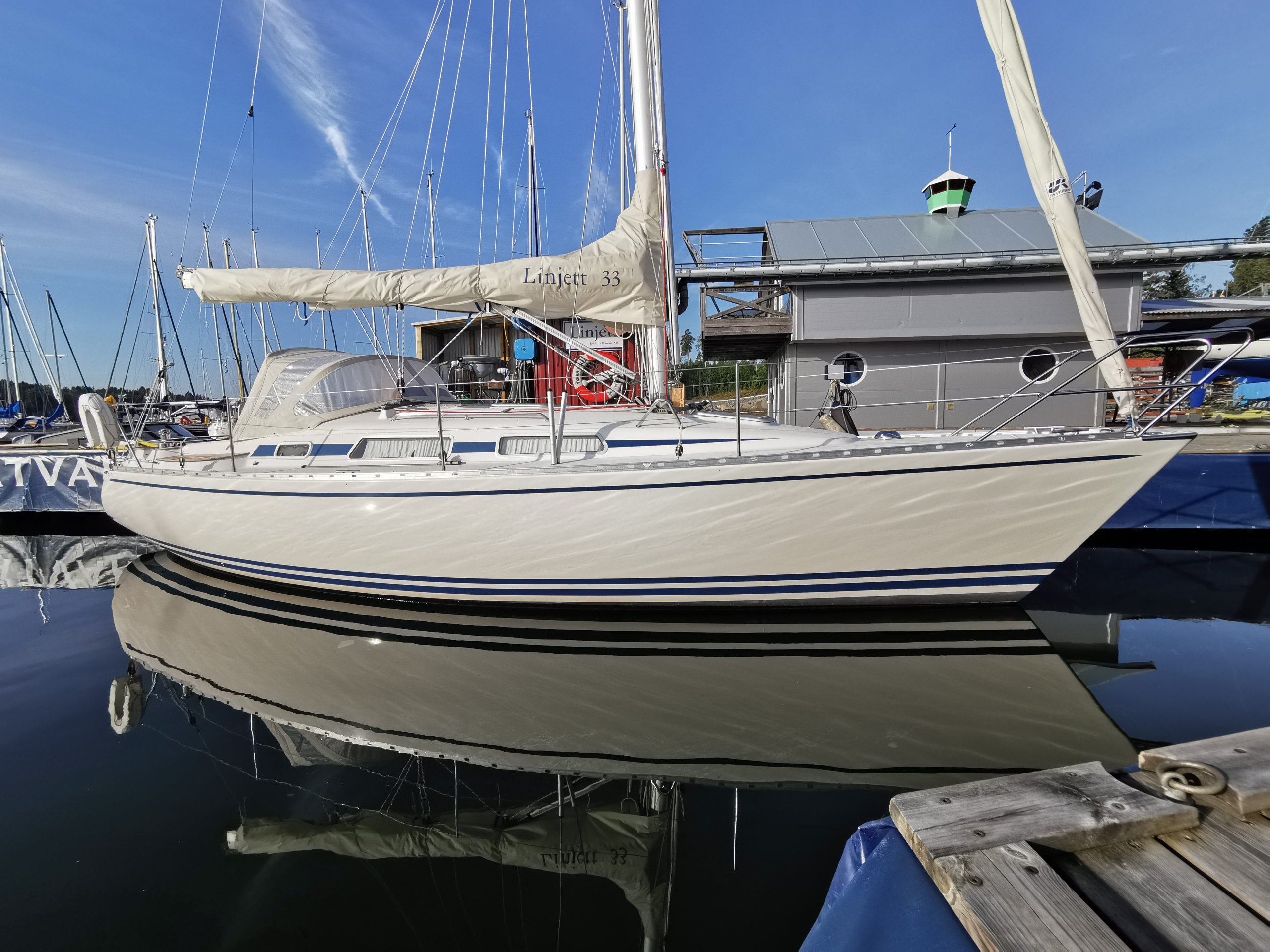
With an eye for design and a close relationship with clients both on and off the water, designer Mats Gustafsson could predict the trends in the sailing community. Which is why in 1994, he revealed it was time to go down in size for the next model.
A new medium-sized, durable family boat that could sail well was what clients were looking for. The Linjett 32 had been taken out of production, and the Linjett 35 had become a well-established model for a new circle of sailors – but what could offer comfortable sailing for all the family?
The answer was the Linjett 33 which sails comfortably and has a perfect weight – withstanding 1.5 tons of cruising gear and family bags without changing its sailing style. Easy to get on and off board, the Linjett 33 symbolised the essence of Rosättra’s founding principles: good quality and valued yachts.
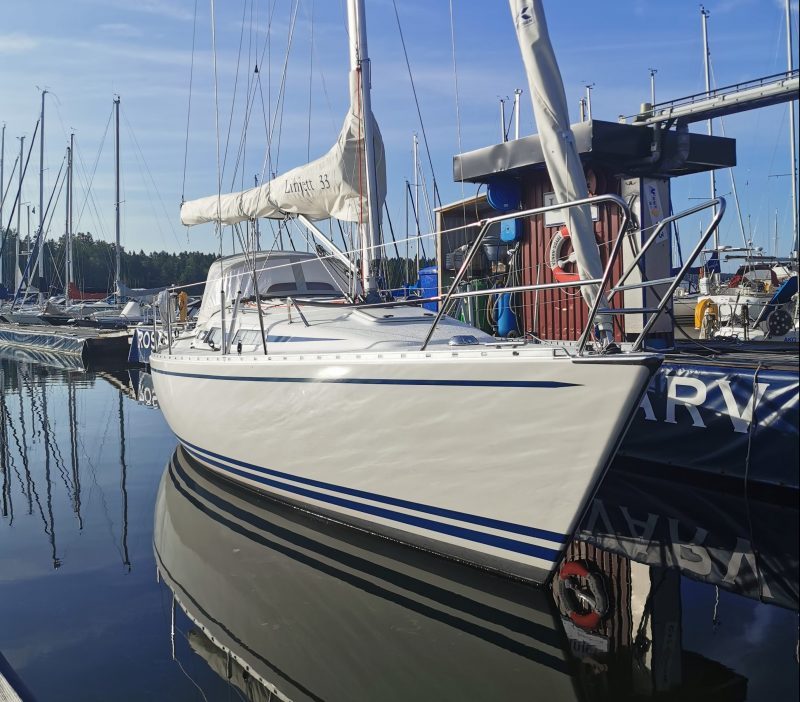
Specifications
- First Boat Built 1994
- Last Boat Built 2010
- Total Boats Built 181
- LOA 10.10 m
- Beam 3.24 m
- Displacement 4500 kg
- Mast Height 15.5 m
- Main Sail 29 m²
- Self-Tacking Jib 16 m²
- Spinnaker 66 m²
- SRS 0.978
- Designer Mats Gustafsson
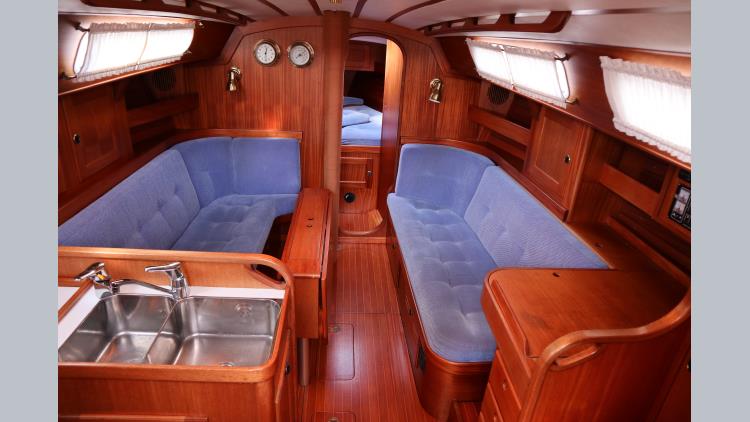
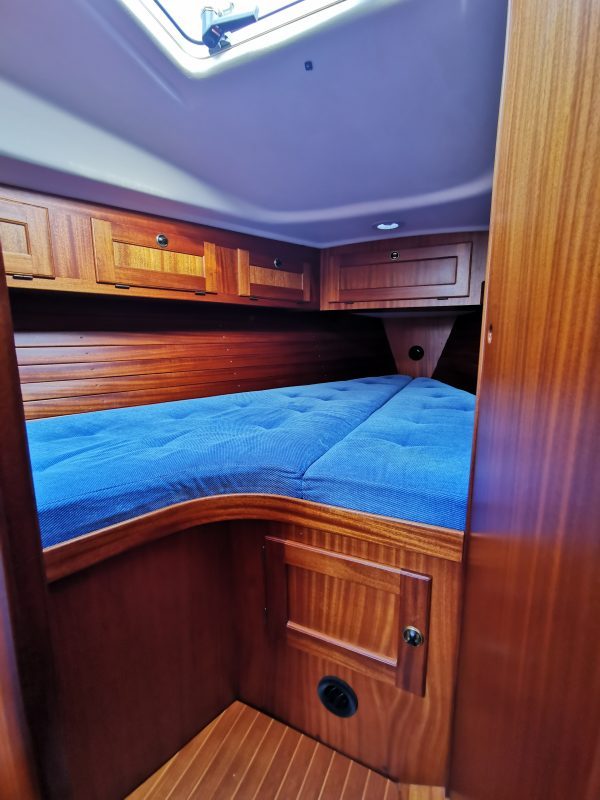
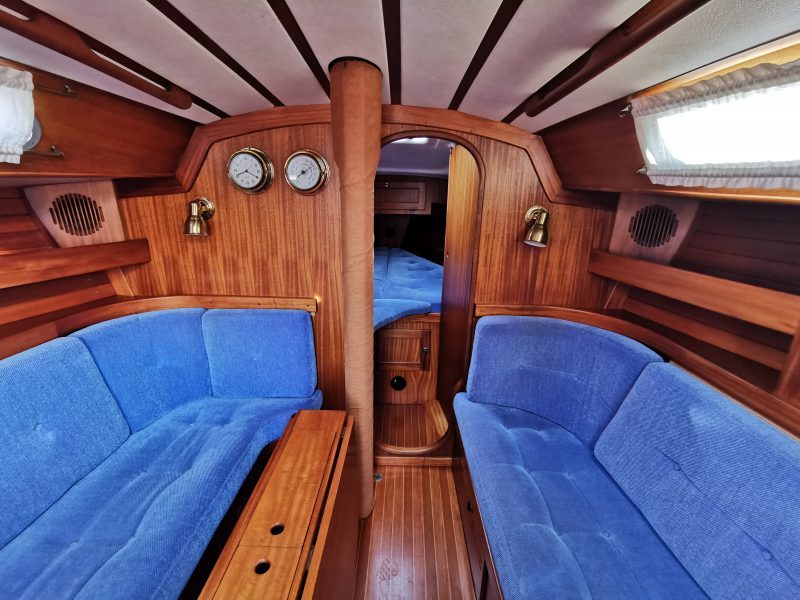
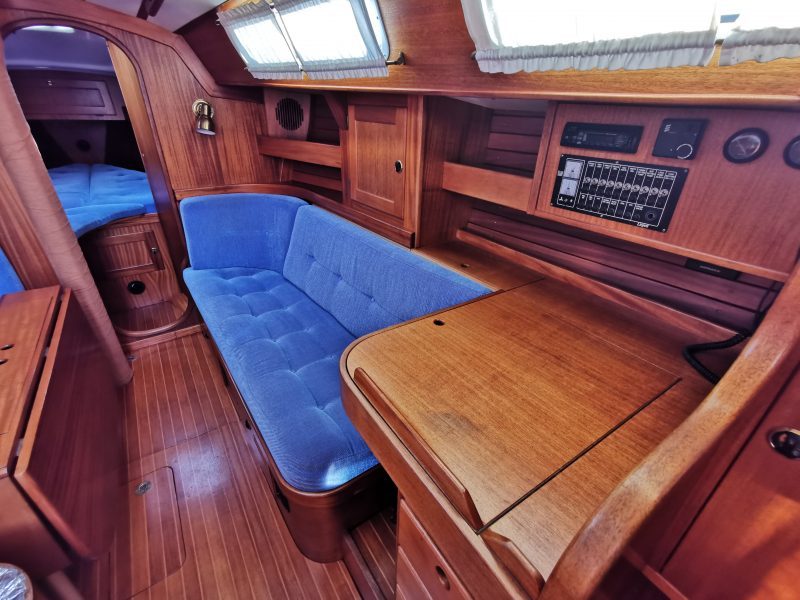
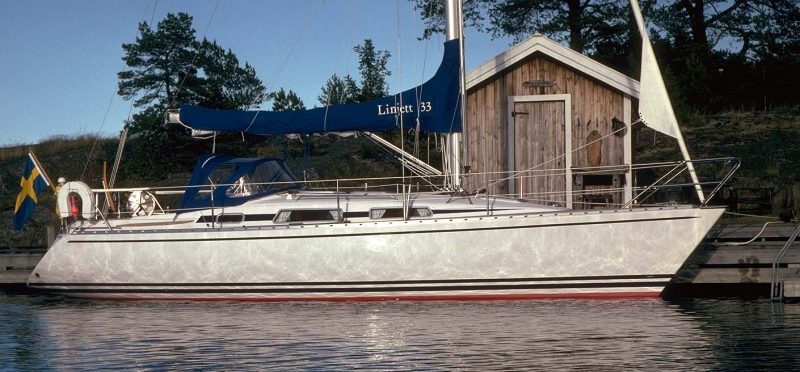
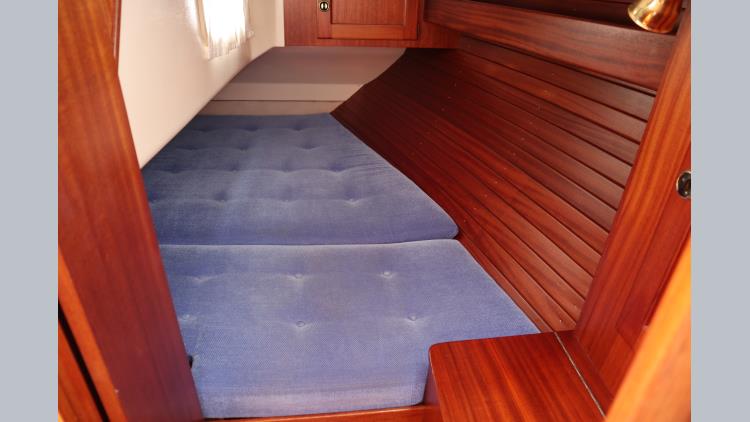
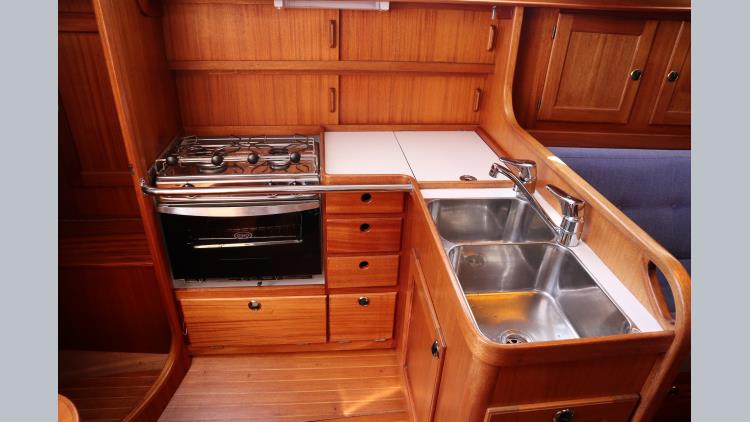
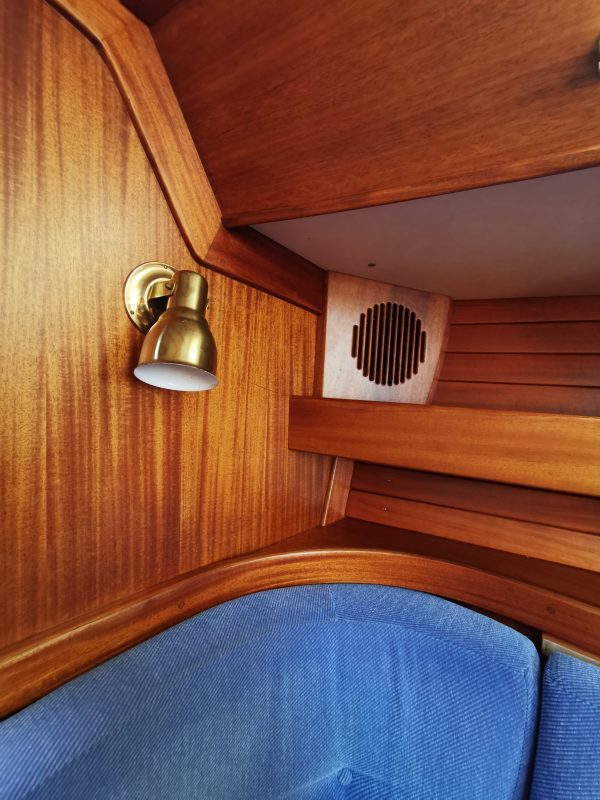
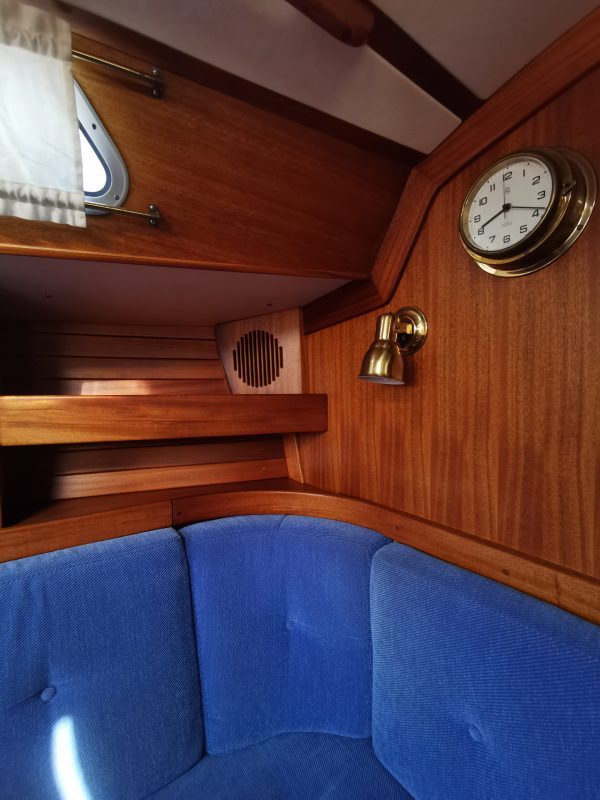
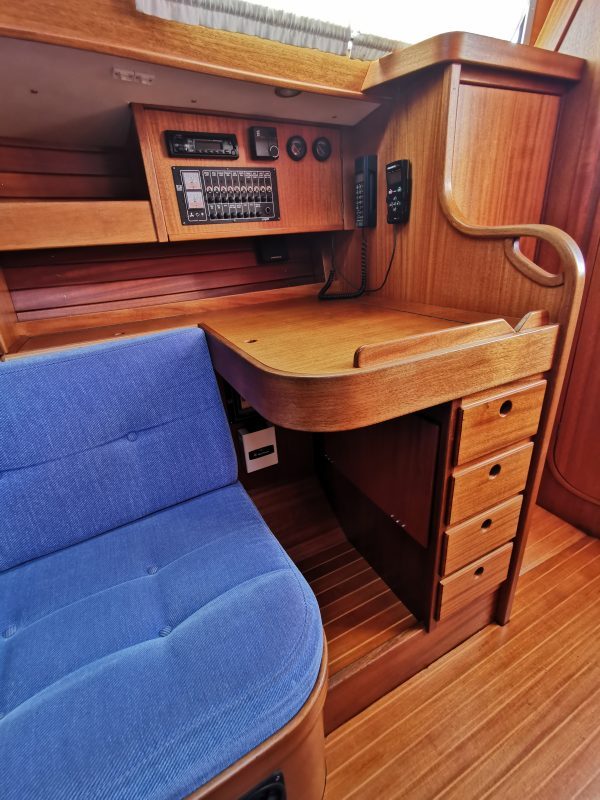
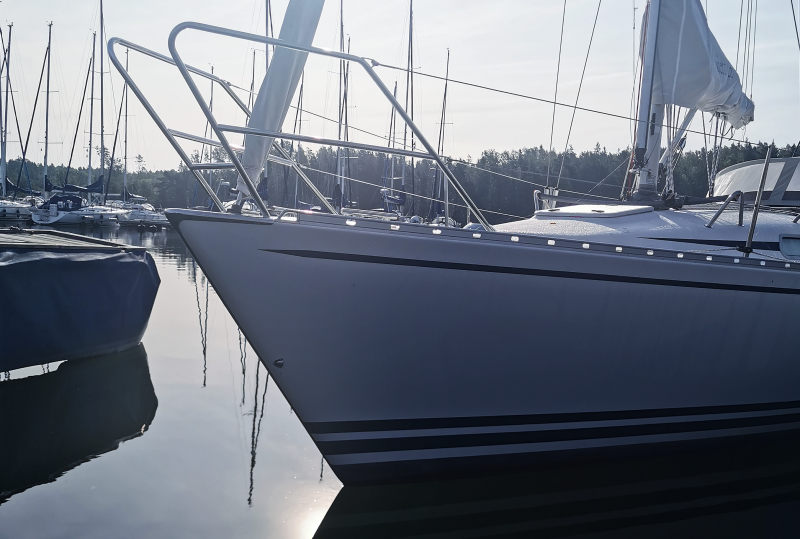
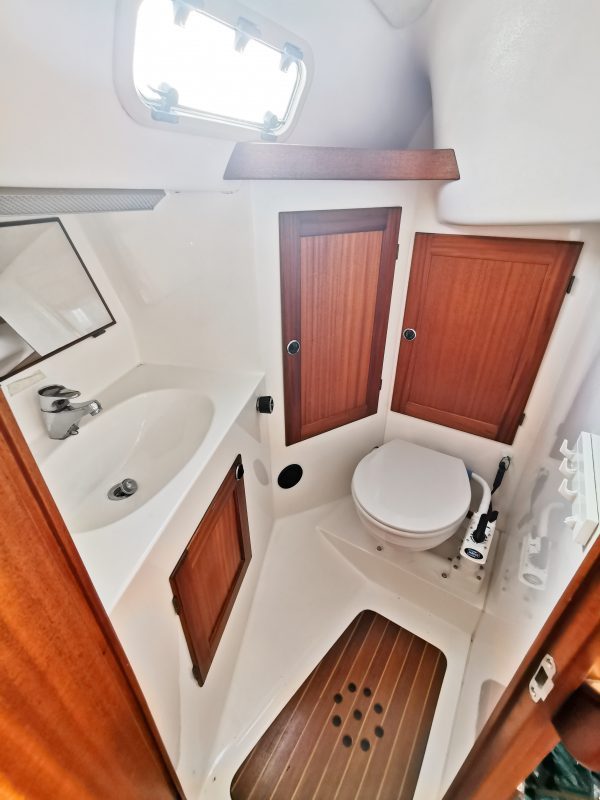
Tests
Båtnytt
Test L33 (Swe)
Seilas Magasin
Test L33 (Nor)

The Linjett 35 has sailed well and became successful in many regattas. The model proved to be impressively safe and stable in open oceans around the world, the L35 have sailed to the Caribbean islands, Africa’s coastline, Greenland and in the Arctic Ocean. First launched in 1989, this model has been produced over the longest period for Rosättra: a total of 17 years and 102 boats.

Clever Solutions
The storage compartments in the stern have teak hatches to allow plenty of room for sails and sheets. There is a clever rim around the aft part of the cockpit that holds the cockpit's awning, including the frame when folded down. The cockpit table and cabin way hatches store the cockpit stowage.
The Linjett 35 has a large kitchen with stove, oven, fridge, double sinks, and double cabinets with customised interiors to secure china and glass. The navigation table is in a traditional design with its own seat and a good space for charts. The wooden interiors are made of the finest teak and all surfaces are varnished, even those that are not visible. The interior layout in the stern creates a comfortable, teak double bed against the hull. The cabin has two openable windows providing great ventilation.
The head and shower space are generously spacious and there are two wardrobes: one is accessed from the cockpit so wet gear can be hung directly into the navy wardrobe without going through the saloon, and the other has its own heat exhaust for use as a drying cabinet.
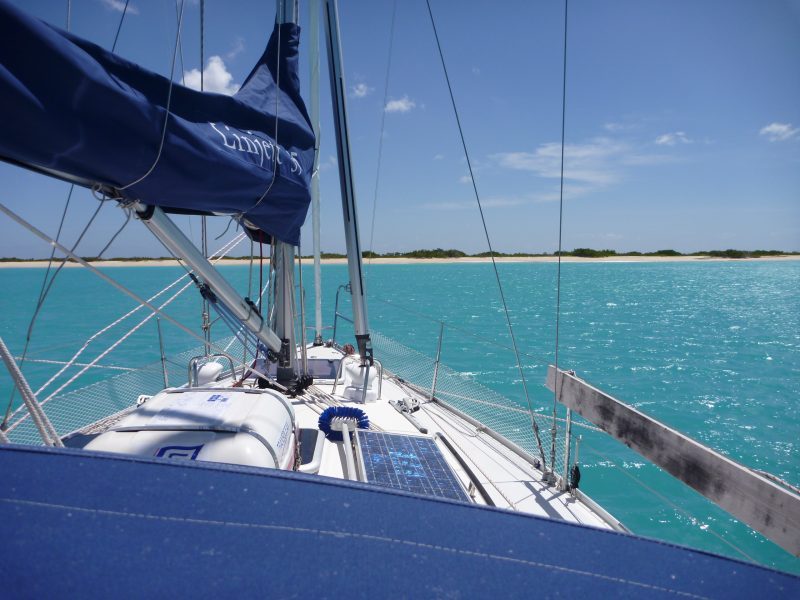
Specifications
- First Boat Built 1989
- Last Boat Built 2006
- Total Boats Built 102
- LOA 10,80 m
- LWL 8.67 m
- Beam 3.34 m
- Draft 1.77 m
- Displacement 5500 kg
- Keel Weight 2200 kg
- Mast Height 16.7 m
- Main Sail 32.1 m²
- Self-Tacking Jib 19.4 m²
- Genua 150% 34.4 m²
- Spinnaker 85 m²
- SRS 0.982

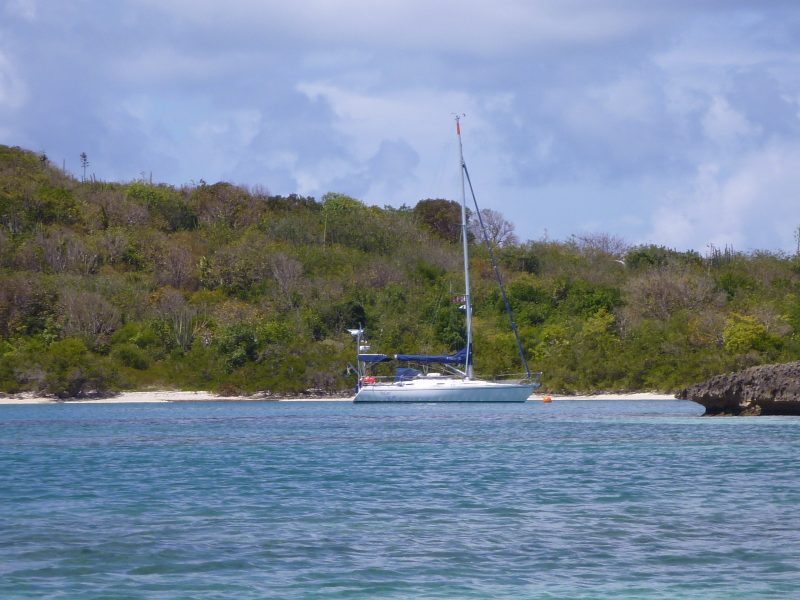
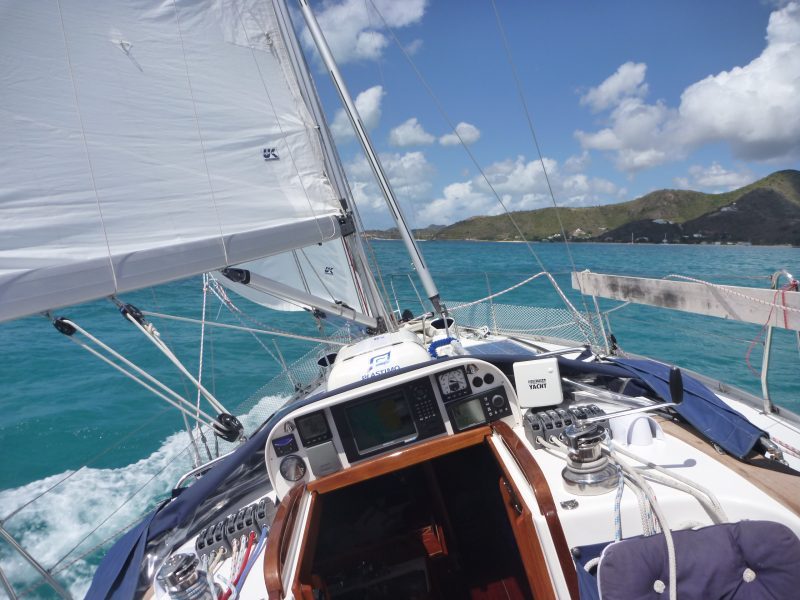
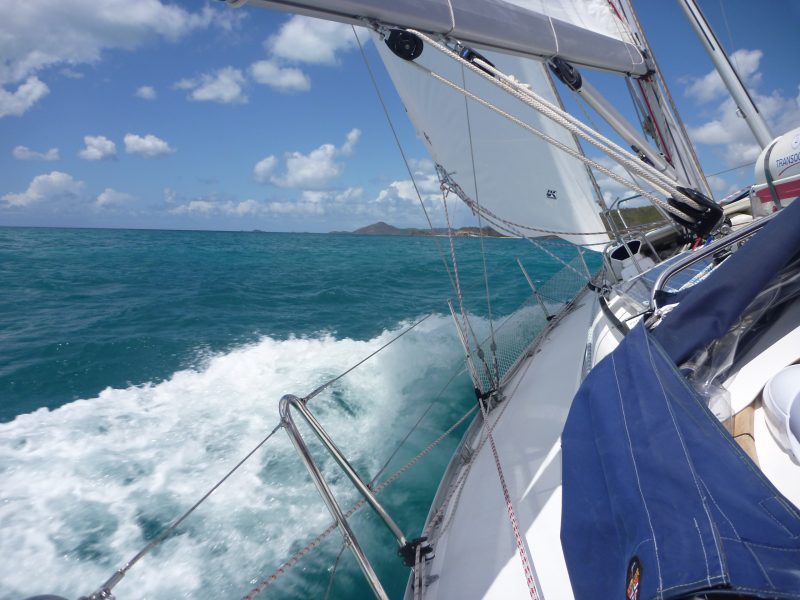
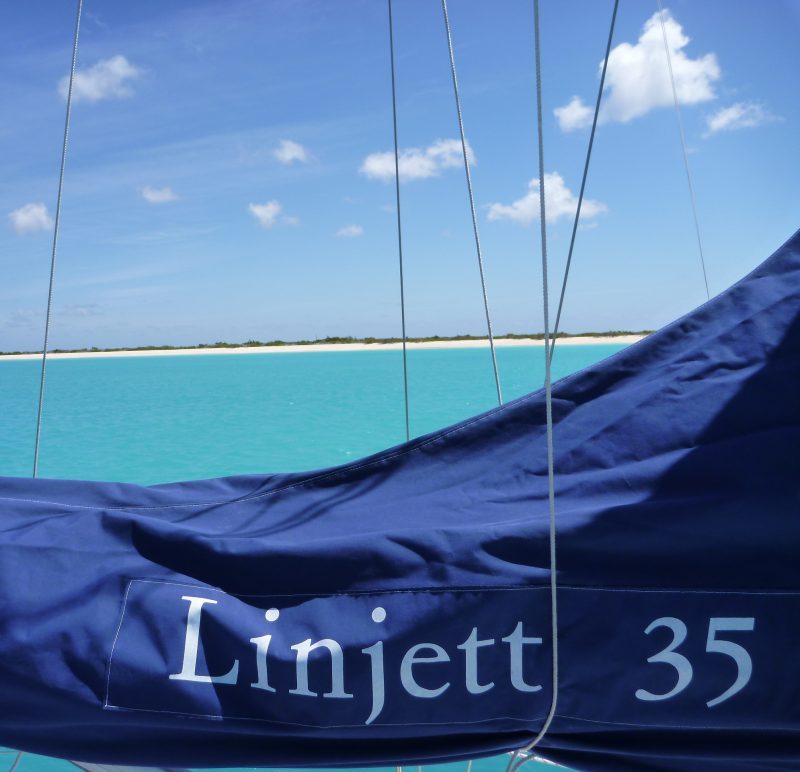
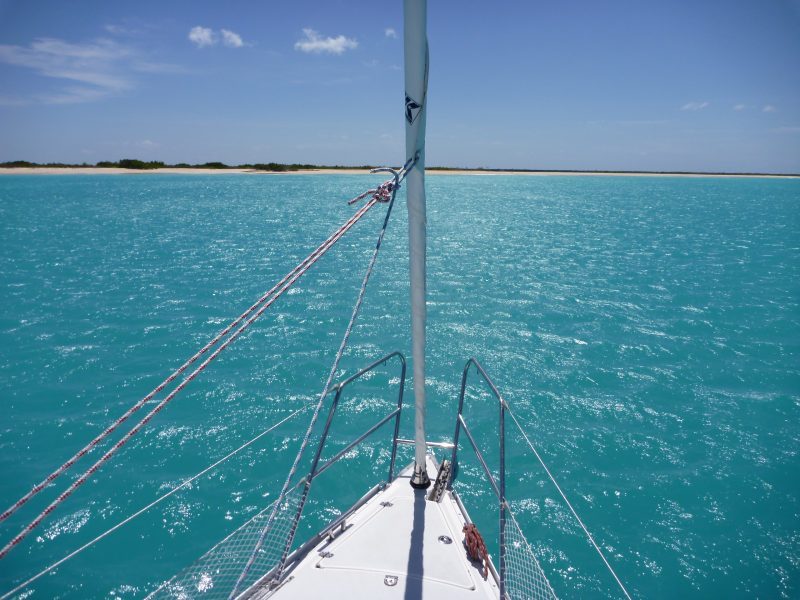
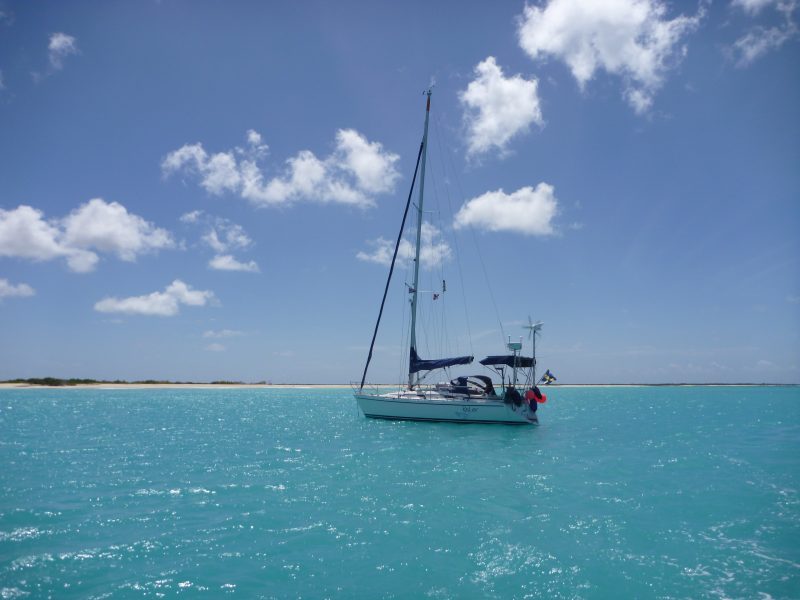
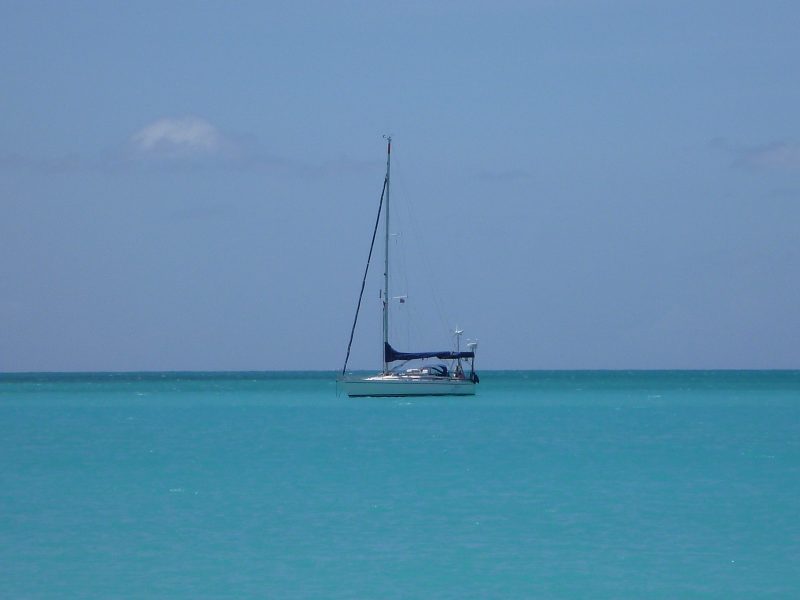
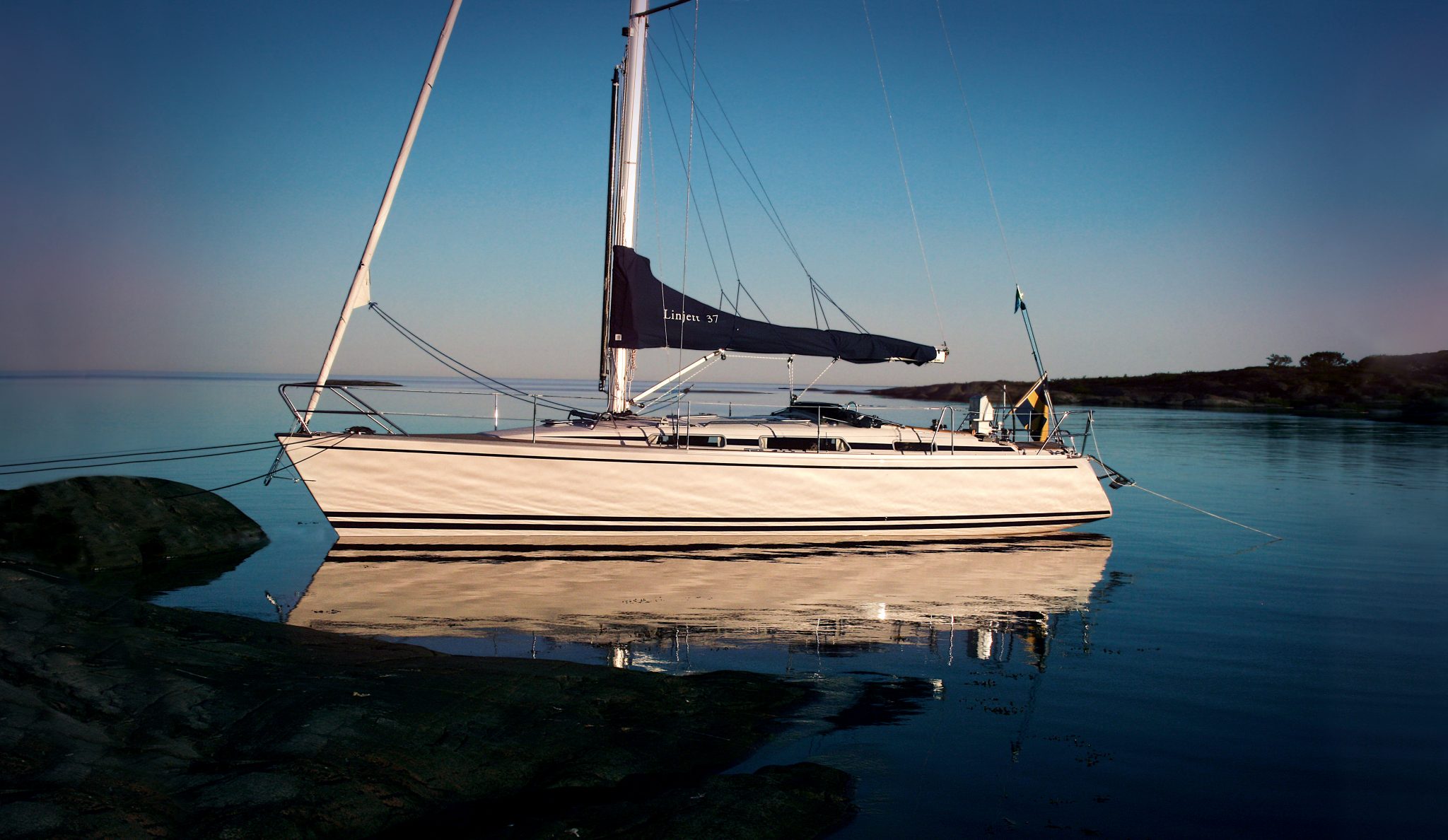
This is a thoroughbred yacht that is well-balanced and powerful. Launched in 2007, the Linjett 37 came with new and clever onboard solutions that every member of the family could appreciate, making it a quality-built and likeable yacht with good sailing abilities along with a timeless elegance that is expected with all Linjett yachts.
Traditionally, the Linjett 37 stays away from quick trends and is designed to be functional and sail well. Since the bow is medium to narrow and more V-shaped, the boat becomes an allrounder which sails as well up or down wind. The hull shape is wider aft, but maintains its narrow shape through the waterline, making the yacht quick in light winds. The Linjett 37 came with many updates when it premiered: she was the first model to have all lines entirely covered over the cabin top allowing the boat to stay neat, easily managed and safer.
L37 kom med många nyheter. Inte minst uppskattades arrangemanget med att alla tågändar dragits ner till sittbrunnen och att tamparna smugits in i sargen och därmed gjort däcket stilrent och säkert.
"No series-produced boat is more consistently adapted for the Baltic Sea than the Linjett 37. Crafty precision and perfection characterise this Swedish cruiser, which is comfortable and easy to take out sailing."
Die Yacht Magazine, Germany
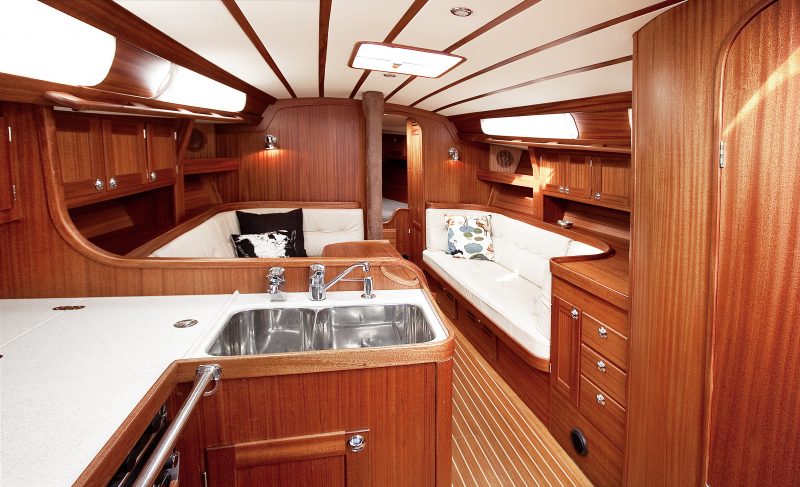
Interior
The Linjett 37 began a new era in the Linjett model-family. It has the good all-weather sailing abilities expected from Linjett yachts, however it was built with a genuine focus on the whole family and to give everyone a great sailing experience. The volume below the deck was increased and provided great opportunities for individual customisation. Two aft cabins, a front cabin and a spacious lounge allows for eight people to sail comfortably together, and the children became happier when their friends could join.
Every customer has their individual wishes when ordering a yacht from Linjett. From adding a dog bed in the front cabin to an inbuilt submerged hydraulic-controlled TV screen in the saloon, the skilled carpenters at Rosättra are happy to fulfil every request. In the saloon you can choose between a traditional sofa or double armchairs, and there is the option to add more windows in the hull for natural light, or exclude the navigation seat in favour of an extra sofa.
"Sailors who enjoy a classic yacht with high standard will be happy in Linjett 37. The boat is wonderful to sail, comfortable to live in, classically built, well-equipped and beautiful to look at."
Båtnytt Magazine, #11 2008

Rig & Sails
The mast from Seldén has an aluminium profile, and the 9/10-rig has two back swept spreaders in an angle of 25 degrees. It is a modern and well adjustable rig. A welcome feature with the Linjett 37, is that it can be fitted with a furling, self-tacking jib with a 110% overlap. It is designed to be sailed in both full size and partially furled. A smart located mark in the sail shows how far you need to furl it to make it self-tacking: another simple solution to ensure safety.
Choosing the sails for cruising and local racing is really easy; for this yacht it is enough with a good, all-round genoa and a 110% jib.
“You feel safe in the Linjett 37. Even when it is heavy weather and rough sailing.”
Racing Sailor, Linjett 37
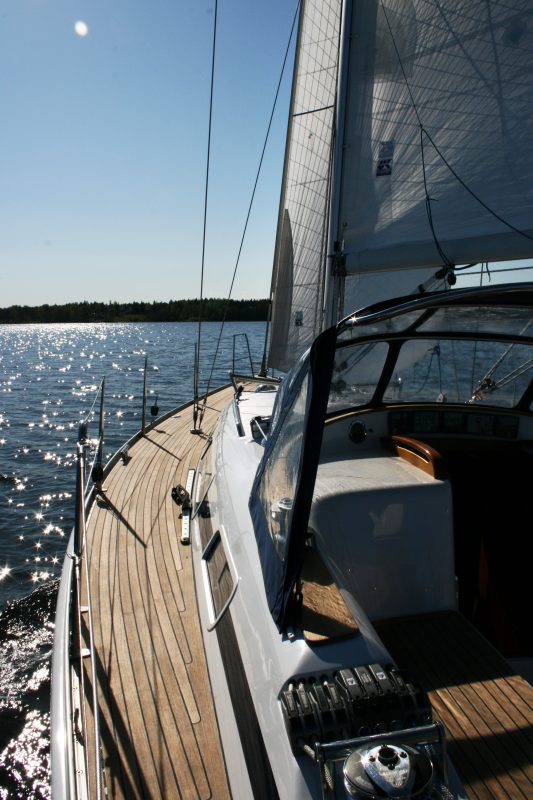
Specifications
- First Boat Built 2008
- Last Boat Built 2019
- Total Boats Built 70
- LOA 11.45 m
- LWL 9.95 m
- Beam 3.6 m
- Draft 1.87 m
- Displacement 6 500 kg
- Keel Weight 2 600 kg
- Engine Volvo D2 40
- Fuel Tank 120 L
- Water Tank 270 L
- Hot Water 40 L
- Septic Tank 95 L
- Mast Height 17.2 m
- Main Sail 39 m²
- Self-tacking jib 26 m²
- Genua 150/107 % 43/32 m²
- Spinnaker 101 m²
- SRS 1.05
- Designer Mats Gustafsson
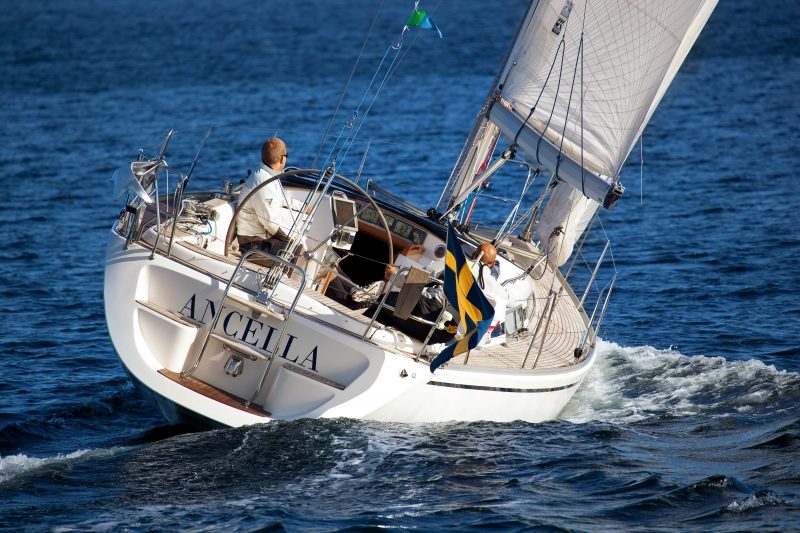
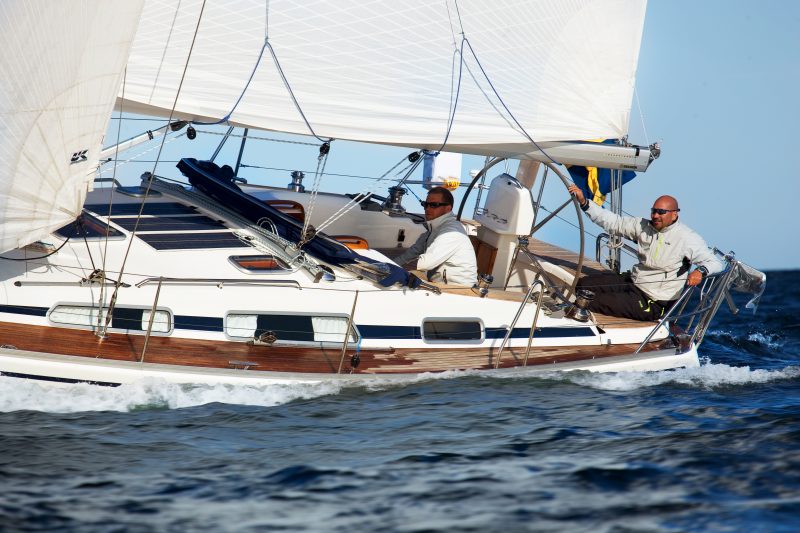
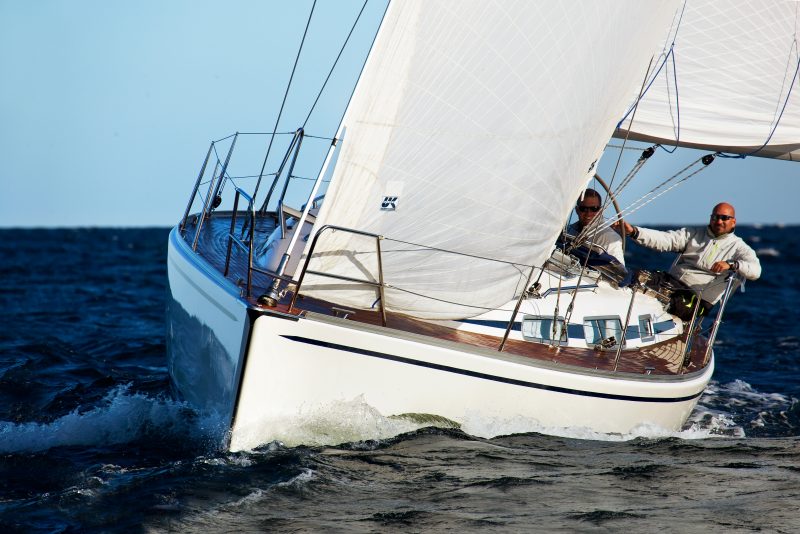
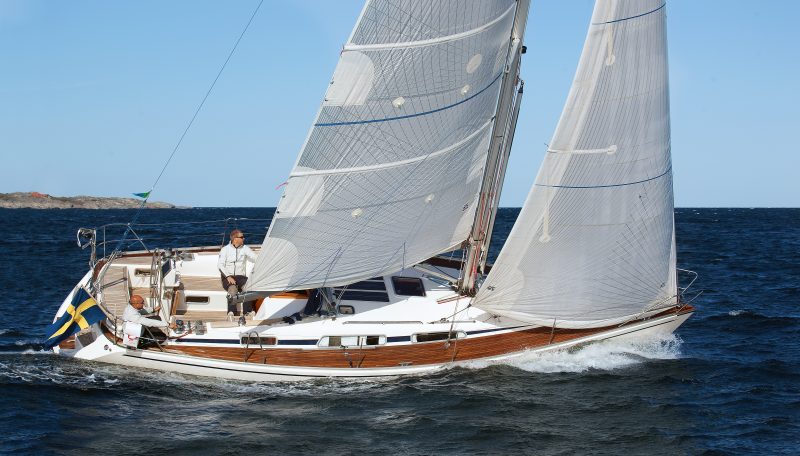
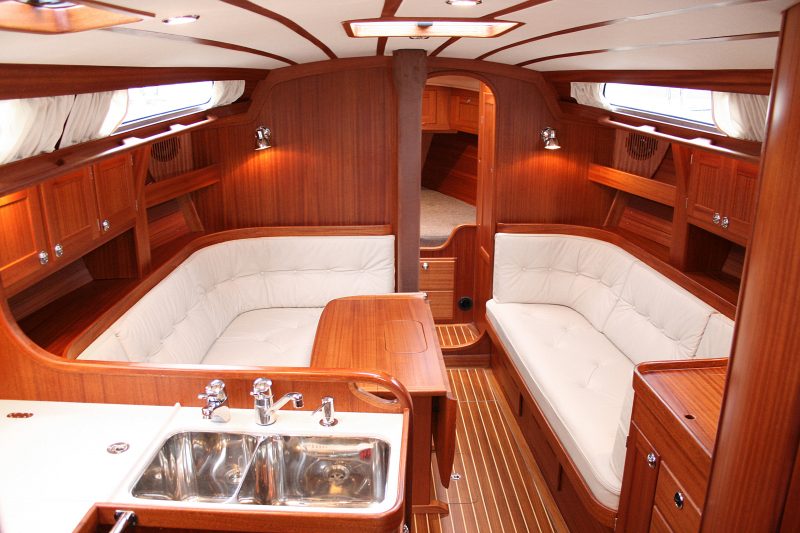
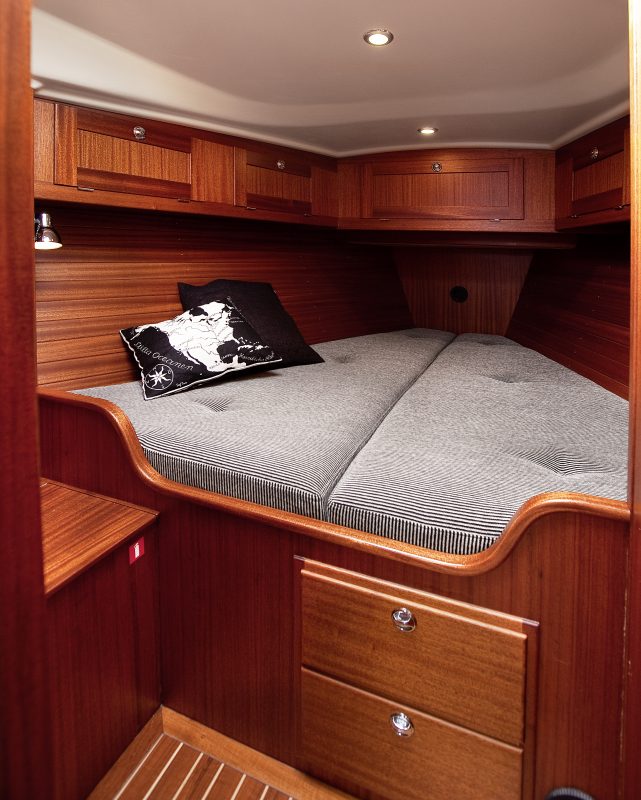
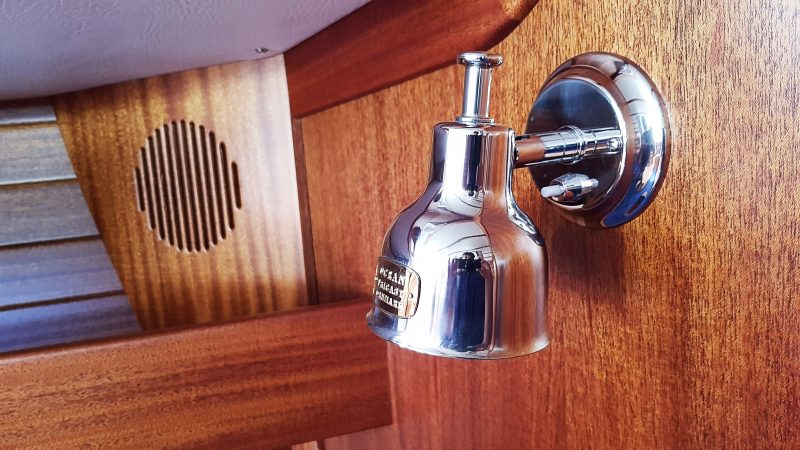
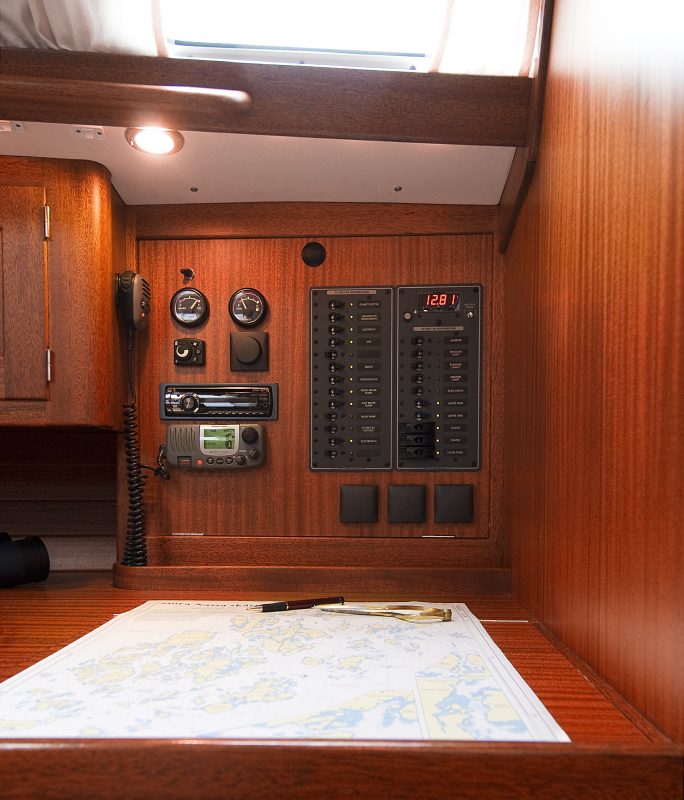
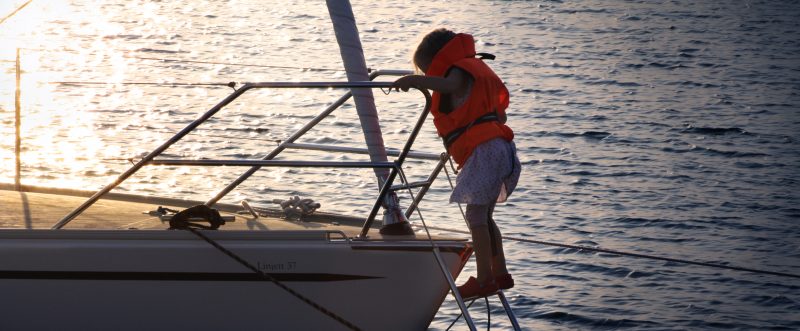
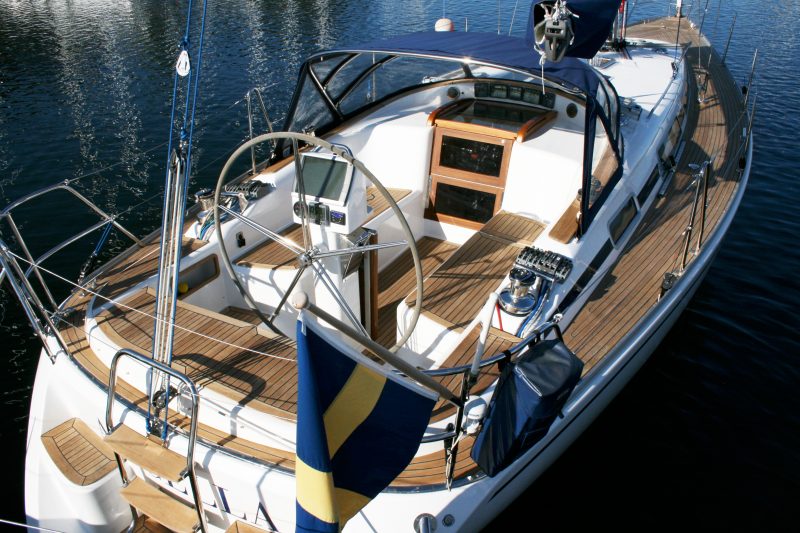
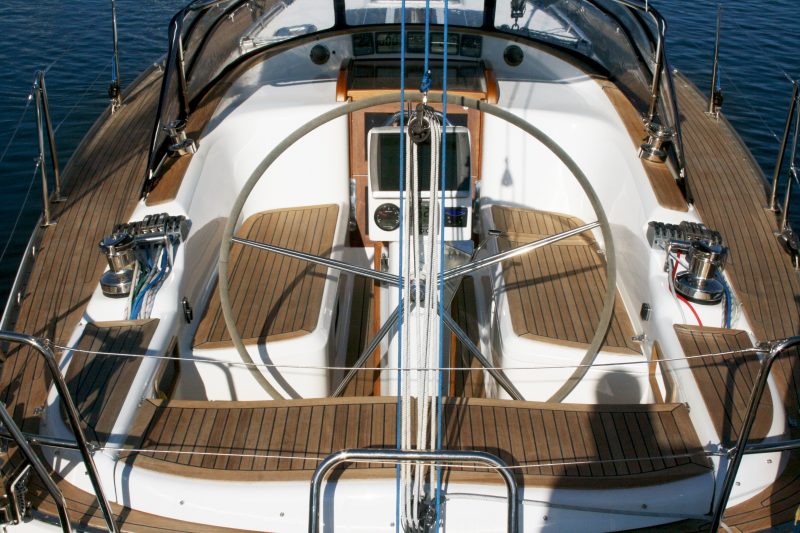
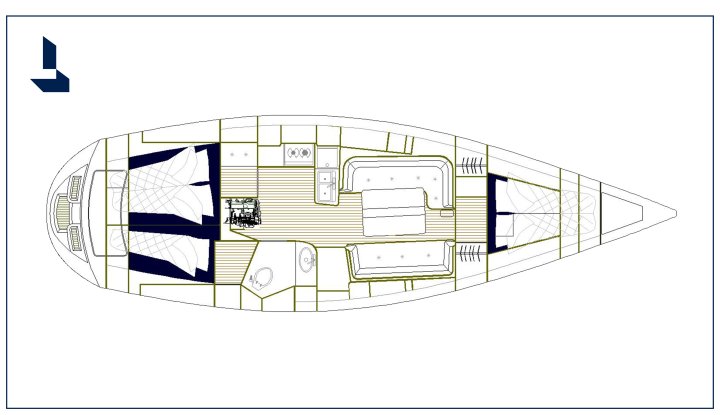

The Linjett 40 has been thriving in regattas thanks to the yacht’s lower displacement weight in relation to its size when compared to sister models. Designed to be easily handled by two people, the model has good speed even in the lightest breeze, and great strength and stability during the harshest weather.
The Linjett 40’s interior layout was developed in collaboration with Linjett owners and is crafted in selected varnished mahogany – a hallmark of Linjett’s commitment to quality. The owner’s cabin is located in the bow. The stern can be built with either one or two cabins on the client’s request. The lounge has an L-shaped couch on port side and a selection between two comfortable armchairs or a straight sofa on starboard side. The bathroom can also have a separate shower. The kitchen is spacious with a gas stove, oven, fridge and a large sink. Singlehanded mixers are standard in the kitchen and bathroom.
"The goal of the Linjett 40 was to create a sailboat for two people to sail easily and comfortably. She should have timeless lines and cockpit far aft. Furthermore, the sailboat should be made to sail in our archipelago waters and therefore have a moderate draft, as well as a bow designed to be moored towards cliffs. Thanks to its strong construction and manageable sails, the Linjett 40 symbolises a modern ocean concept."
Designer Mats Gustafsson on the design philosophy behind the Linjett 40
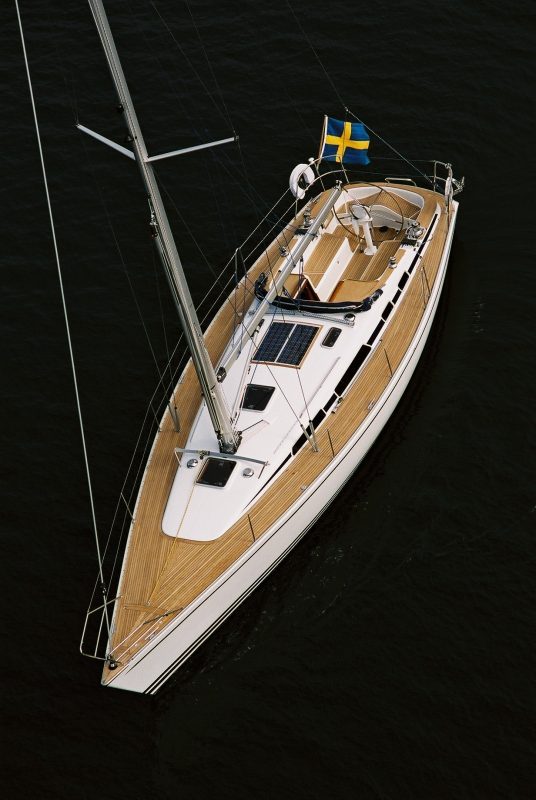
Exterior
The Linjett 40 is narrow at the waterline but wide on the beam to provide stability on the up wind, which makes her very stable. The width also contributes to a comfortable space inside. From the mast run all the lines underneath the deck to the two main electric winches in the cockpit, making the deck very neat. The teak finish is glued with vacuum technology.
A moderate keel is required to easily sail in Sweden’s archipelago, therefore the Linjett 40’s keel is designed to utilise the entire blade (a width of 18cm increasing to 34cm at the bottom). The rudder has also been designed to split in order to prevent major damage or loss of the whole rudder in a grounding. The upper part is five times stronger in its construction than the sacrificial end.
The rudder stock is made of stainless steel and fiberglass, and to give a good feeling in the steering, the rudder is connected to the steering wheel via link arms. Plotter and navigation instruments are also placed on the steering wheel pedestal.
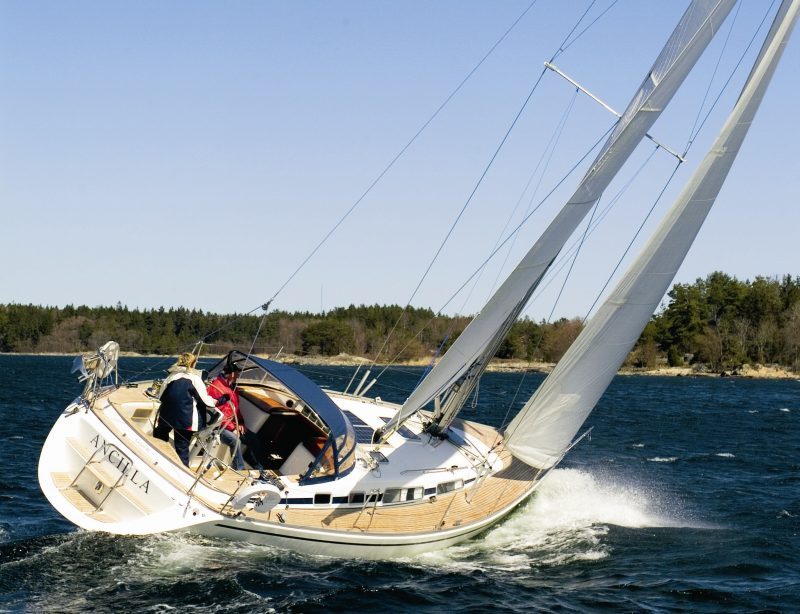
Rig & Sails
The Linjett 40 has fractional rig in aluminium from Seldén. Double swept spreaders guarantee that the rig stands firmly with only a backstay for trimming. The boom has a single-line reef system. A stable rig which is easy to handle is important on a Linjett.
The main sheet traveller is located on the cabin top, and as usual on a Linjett - the self-tacking jib is standard. The boat comes with Tape-Drive sails from UK-Syversen in the main sail, jib, genoa and spinnaker. The main sail comes as standard with two reef points.

Specifications
- First Boat Built 2002
- Last Boat Built 2012
- Total Boats Built 49
- LOA 12.35 m
- LWL 10.20 m
- Beam 3.73 m
- Displacement 7200 kg
- Keel Weight 3200 kg
- Mast Height 18.5 m
- Main Sail 43.8 m²
- Jib 28.2 m²
- Genua 150% 47 m²
- Spinnaker 104 m²
- SRS 1.074
- Designer Mats Gustafsson
